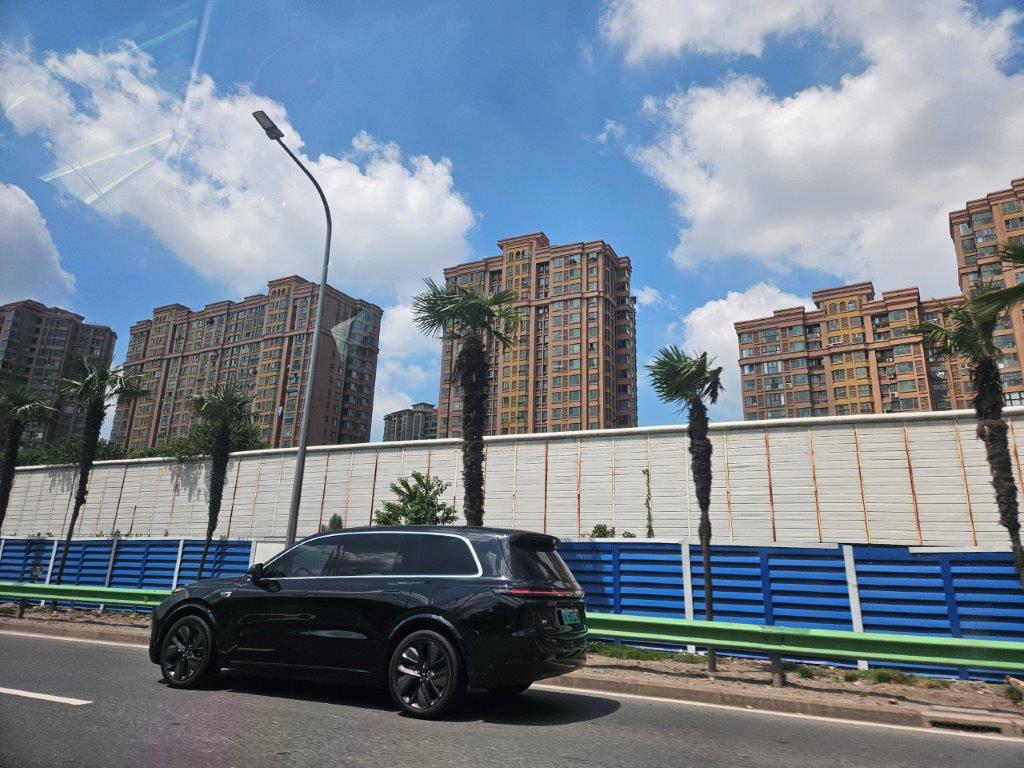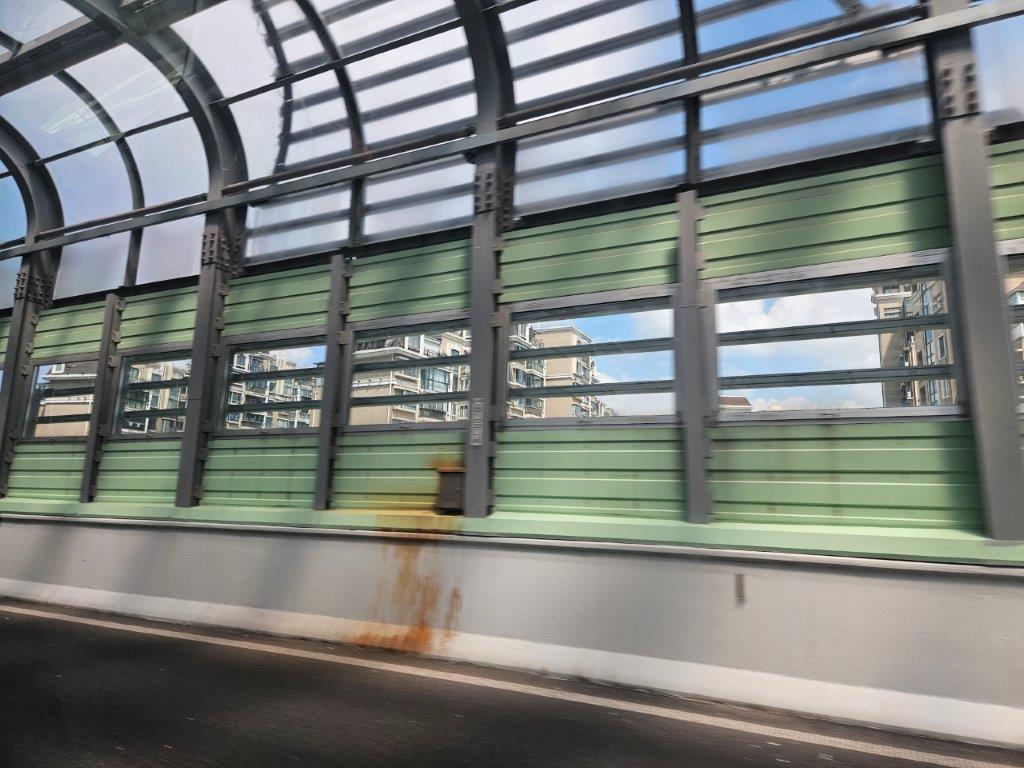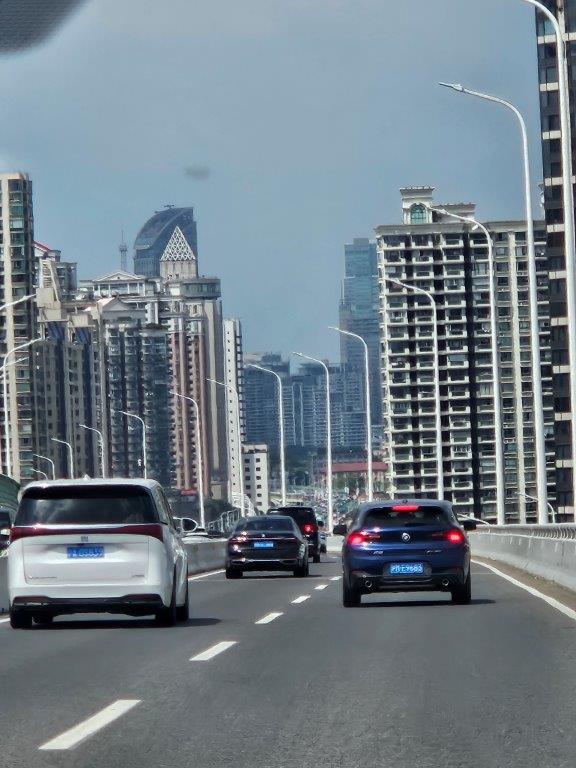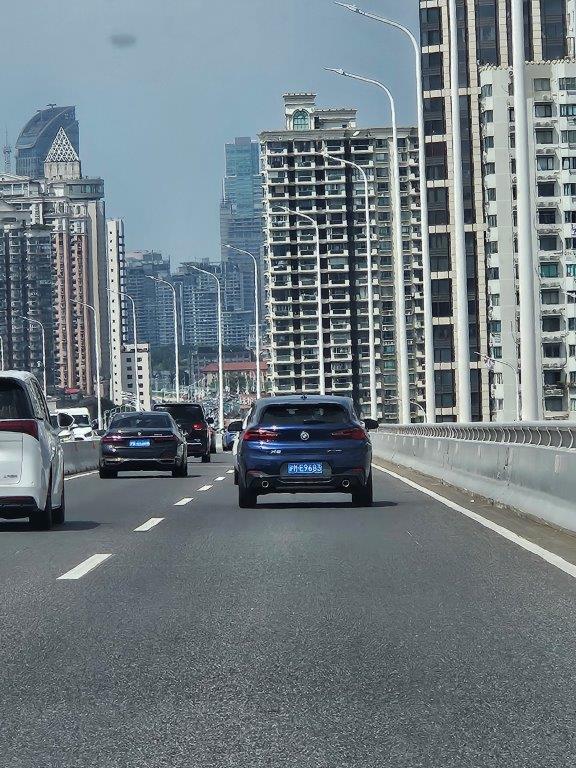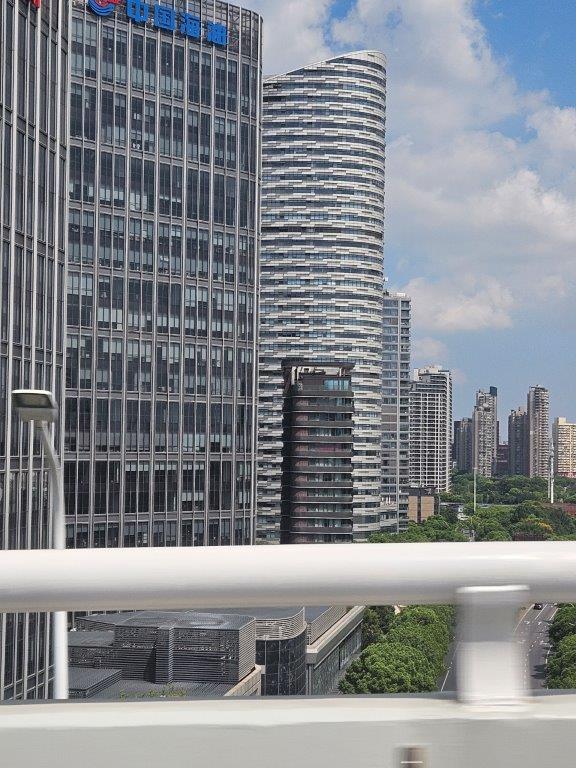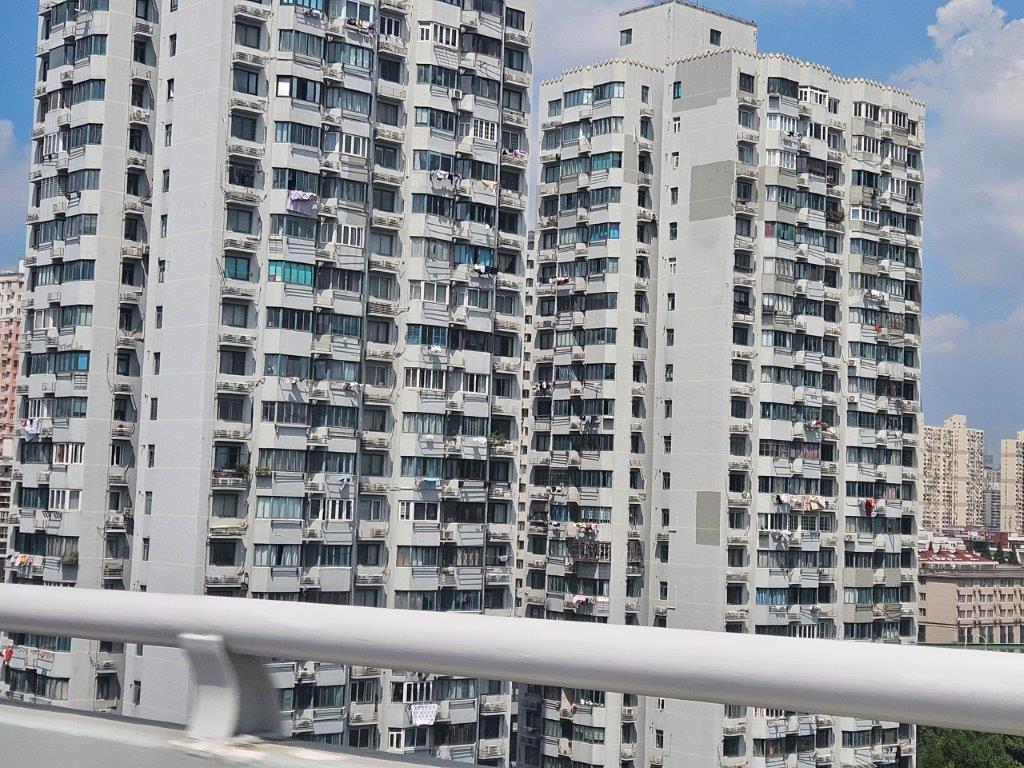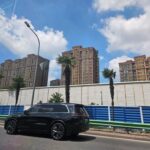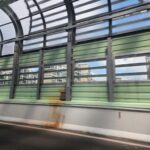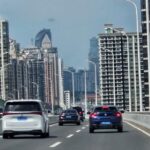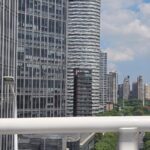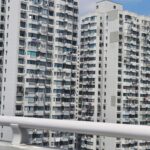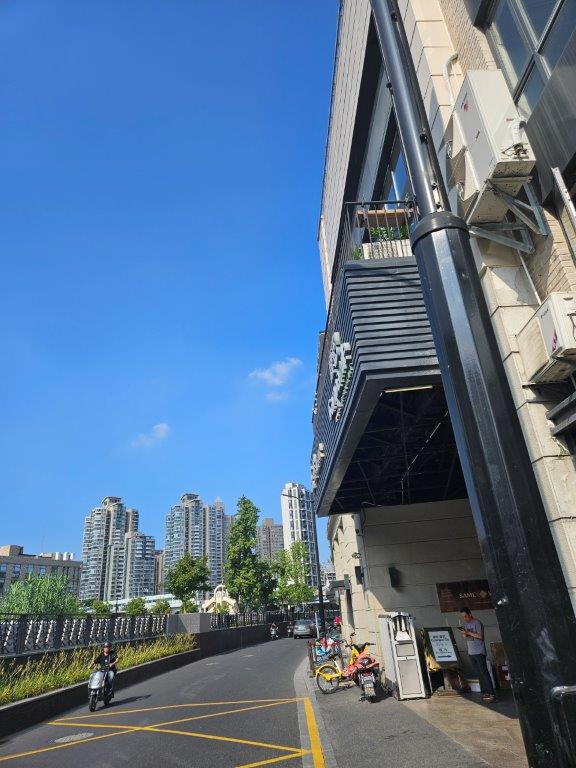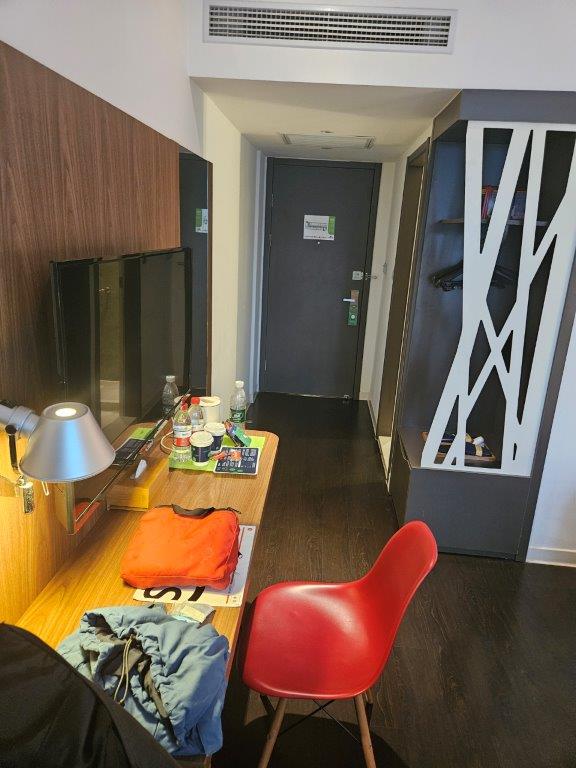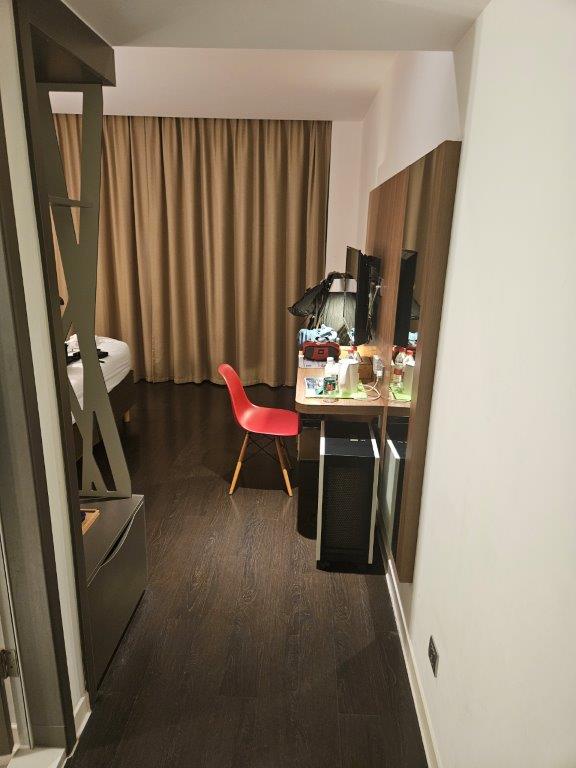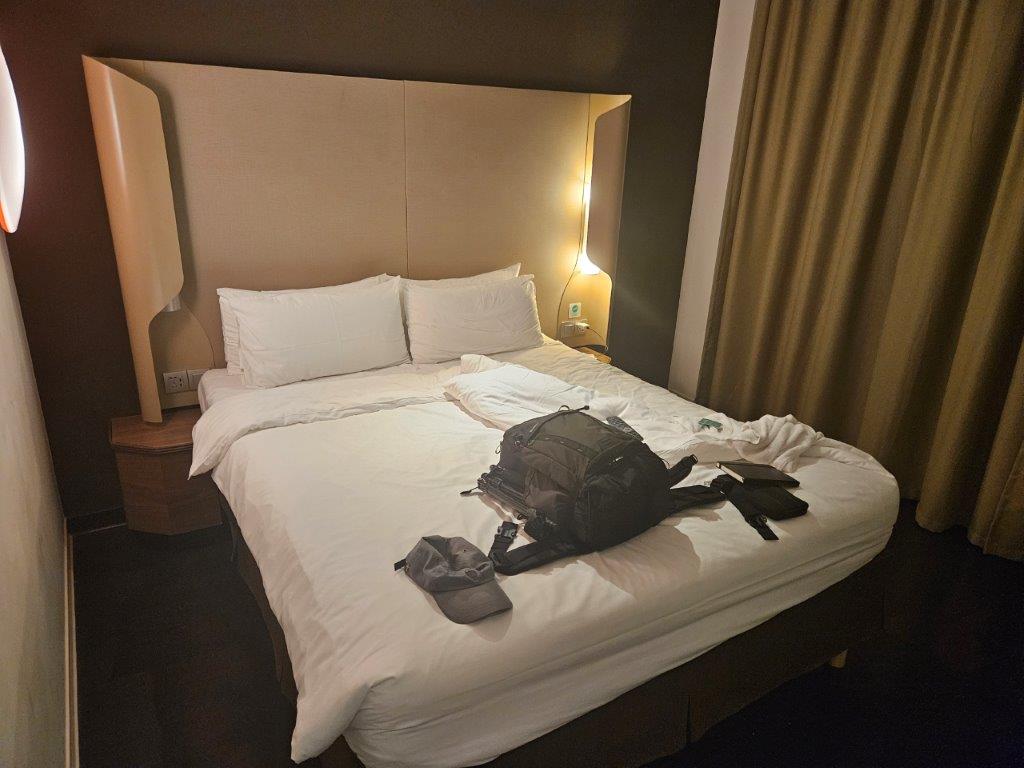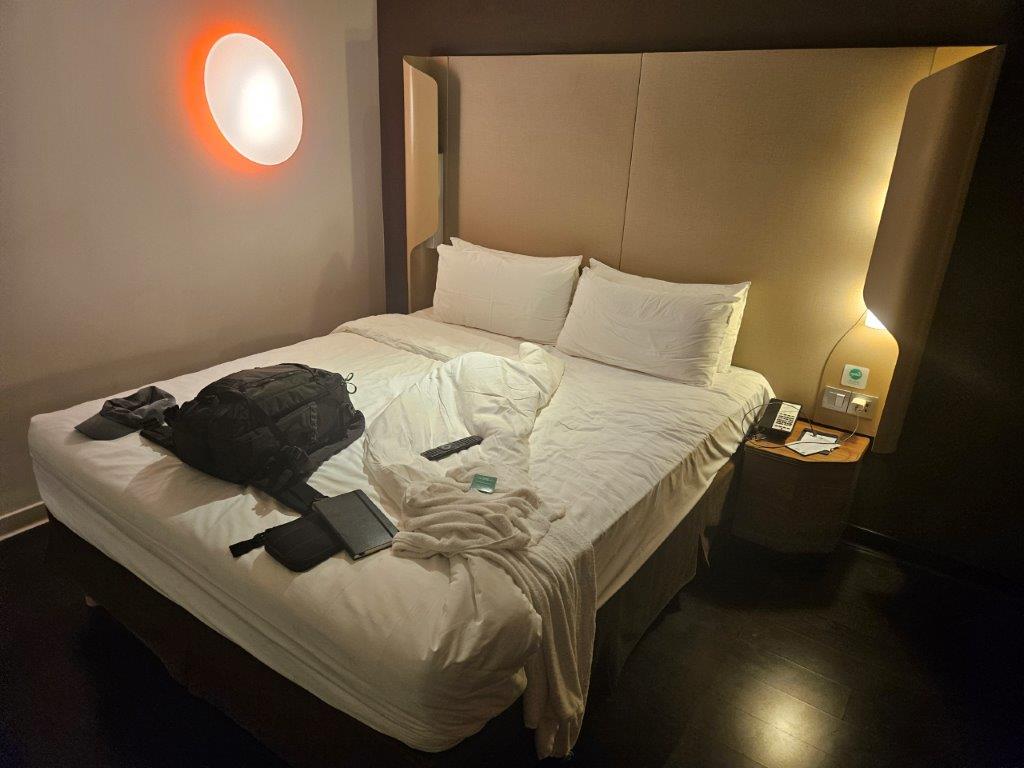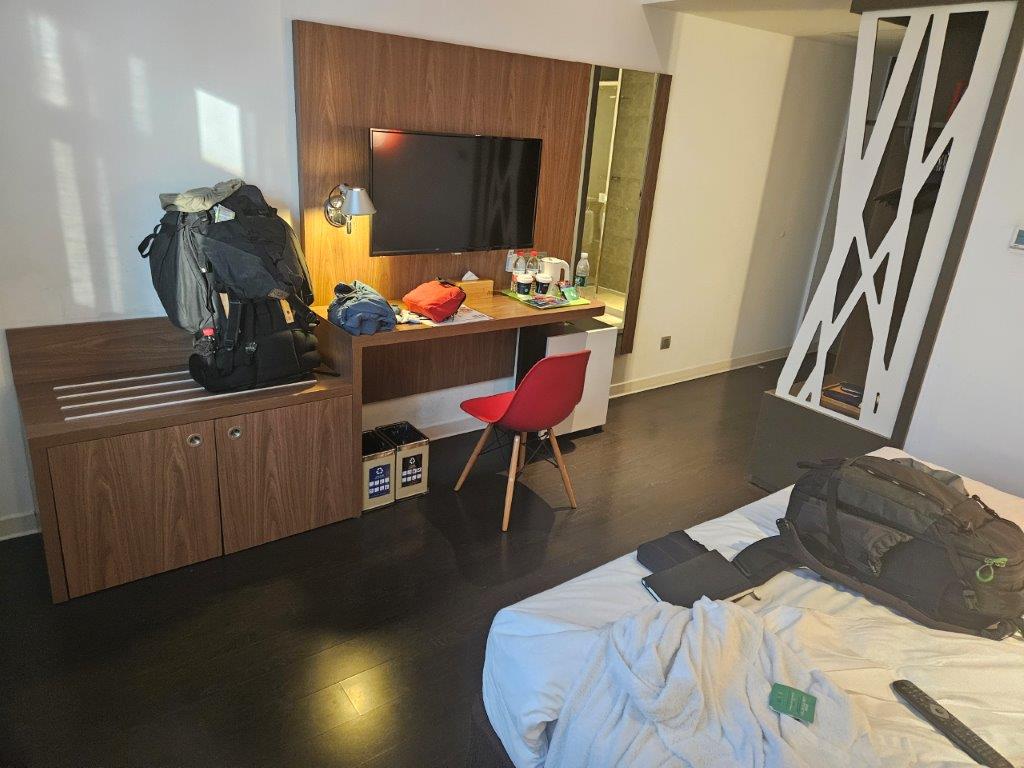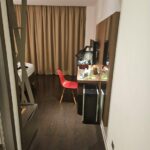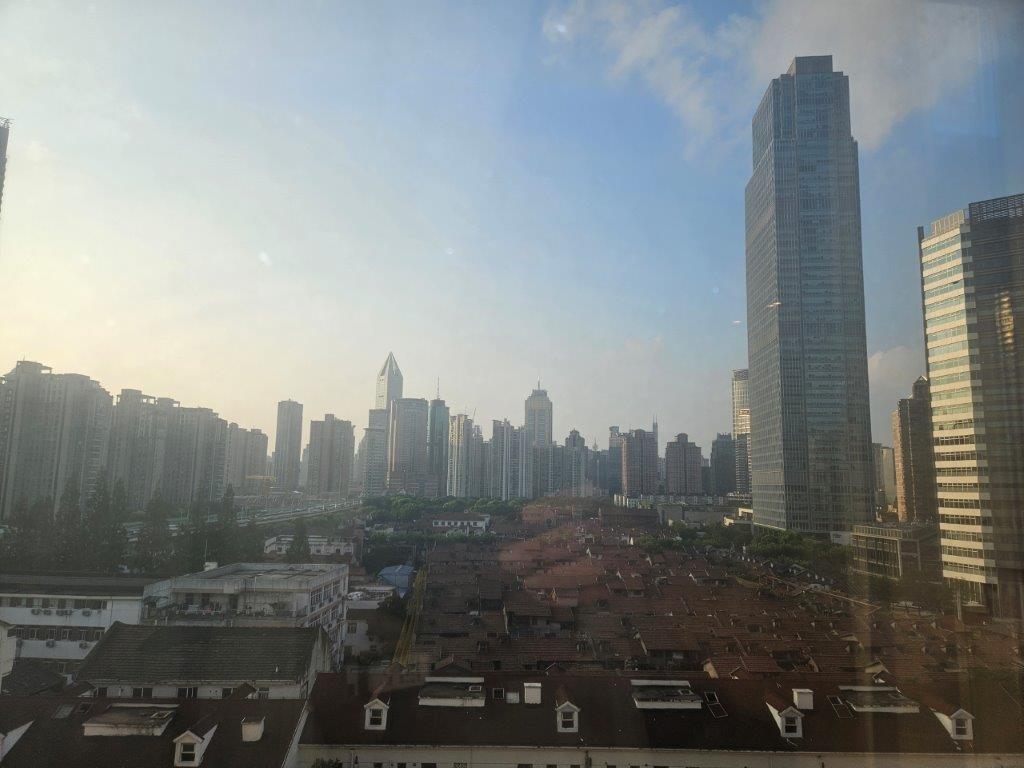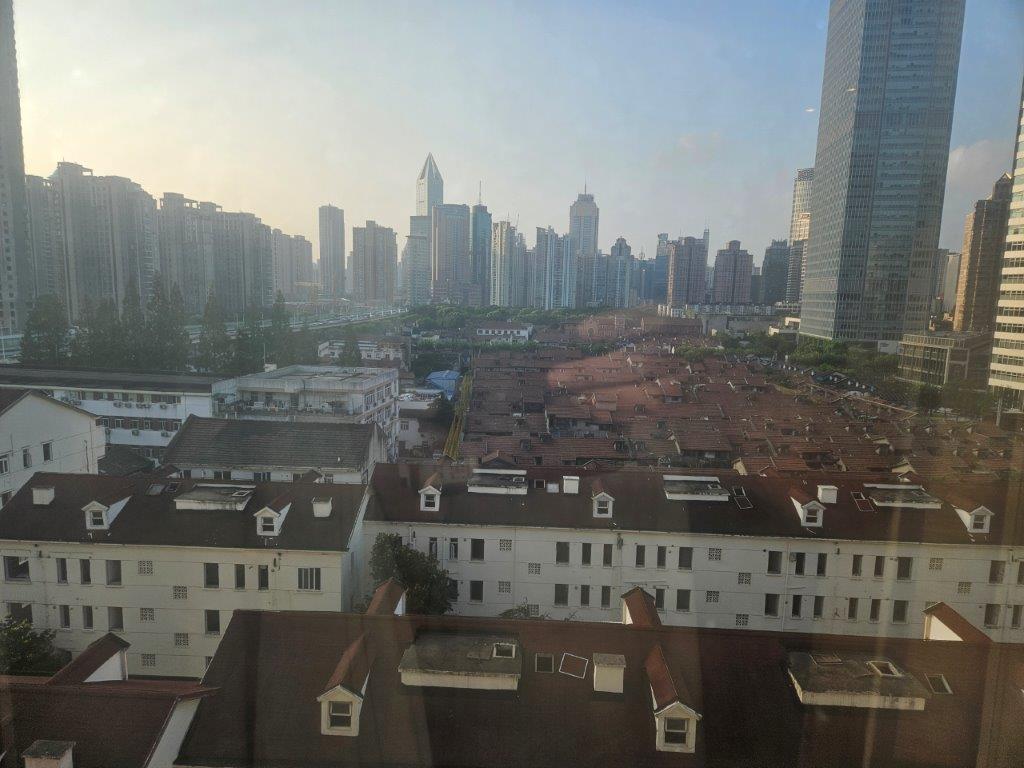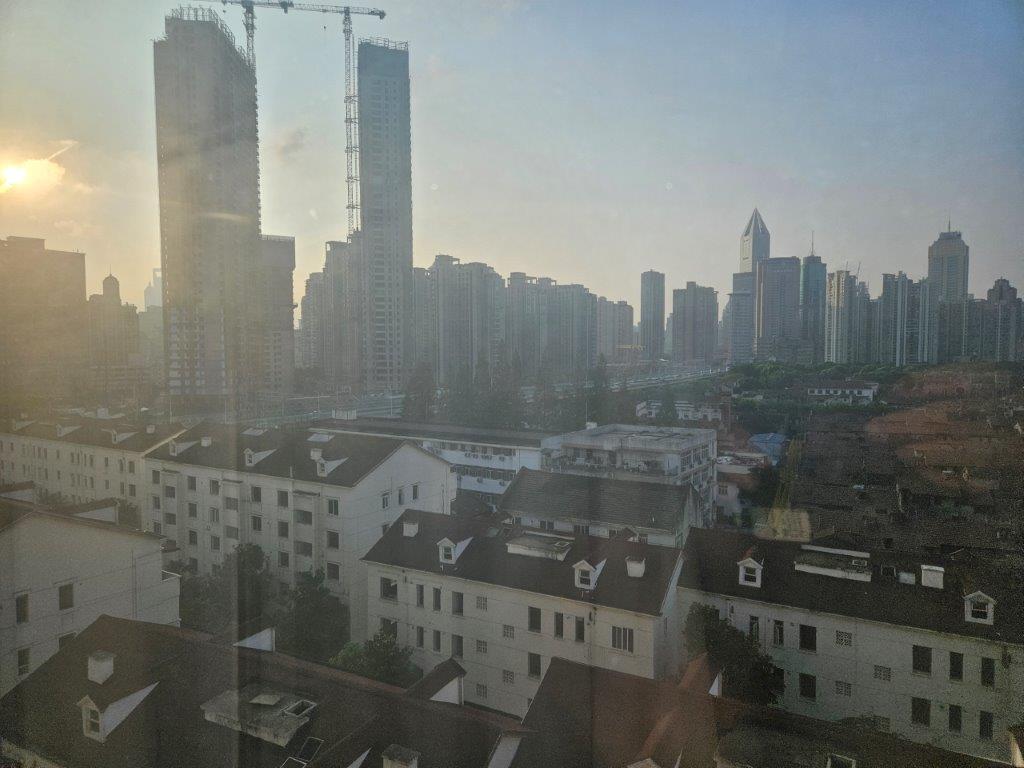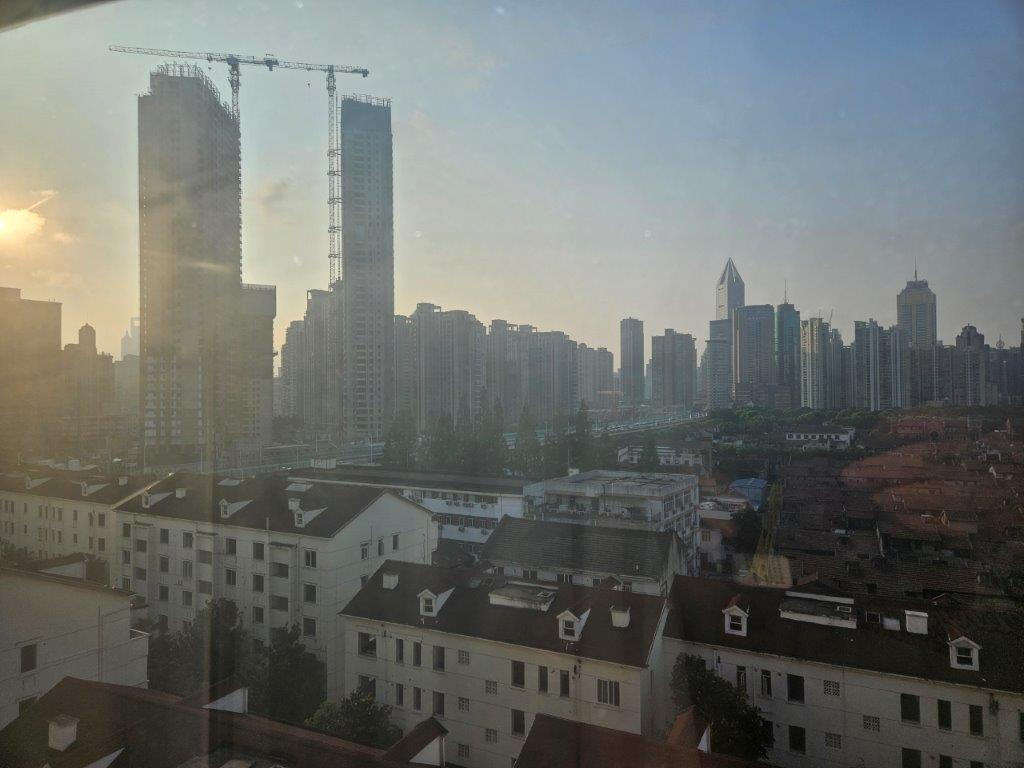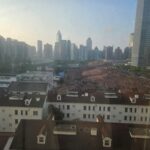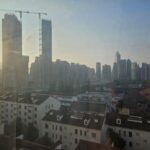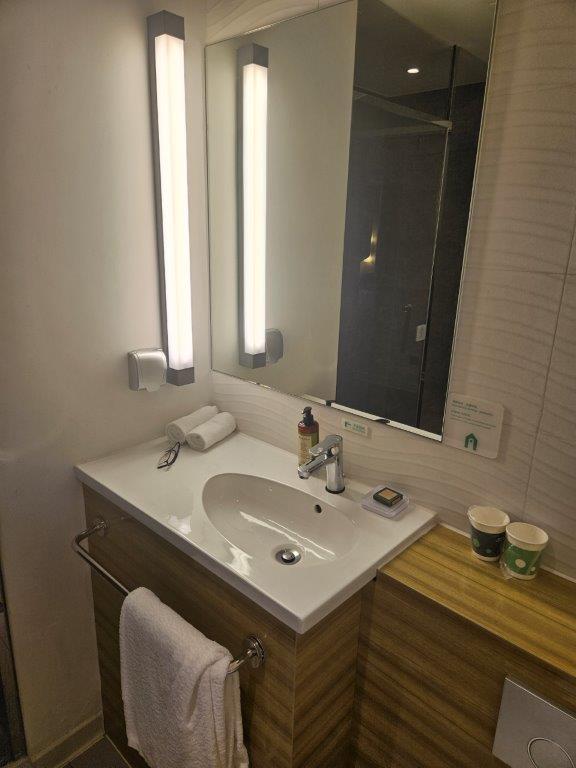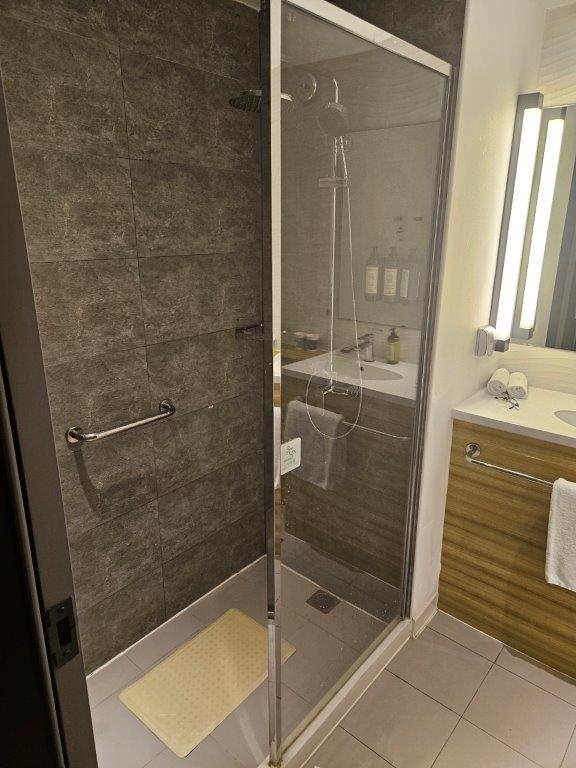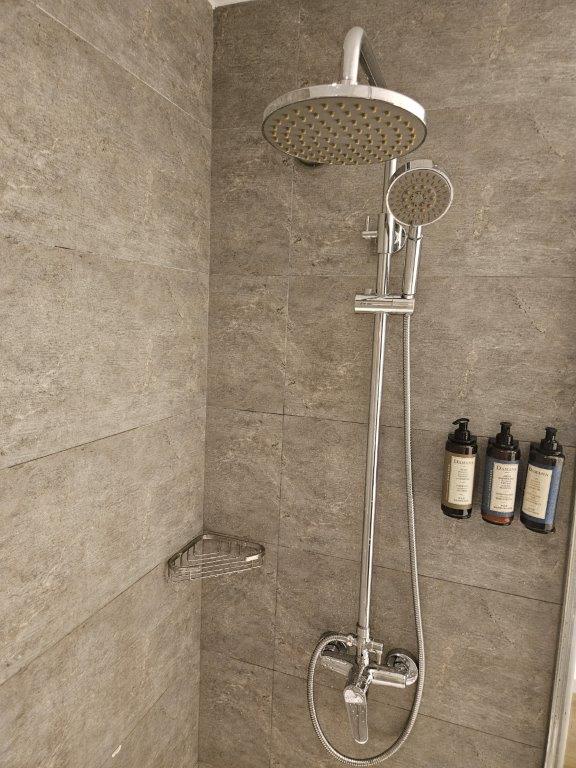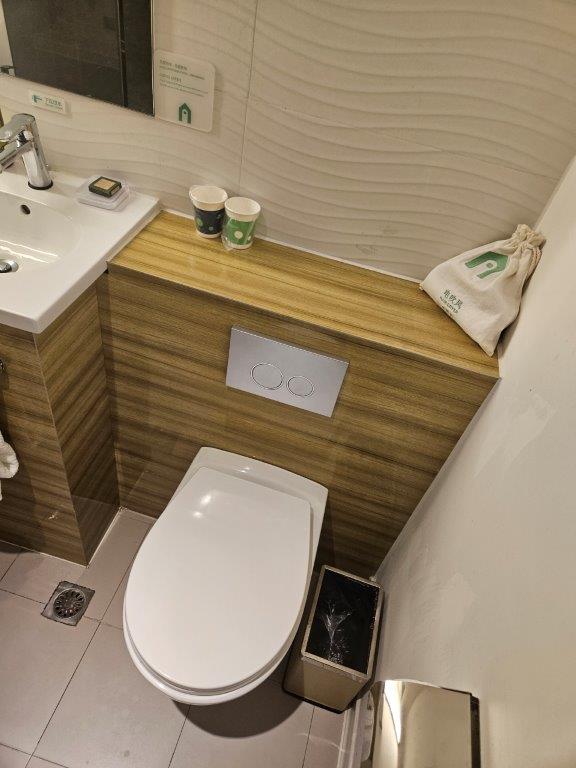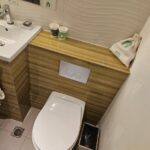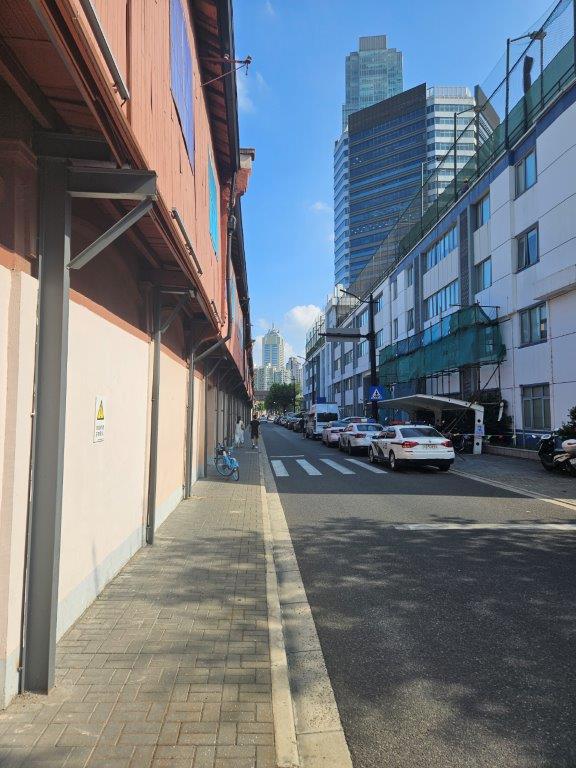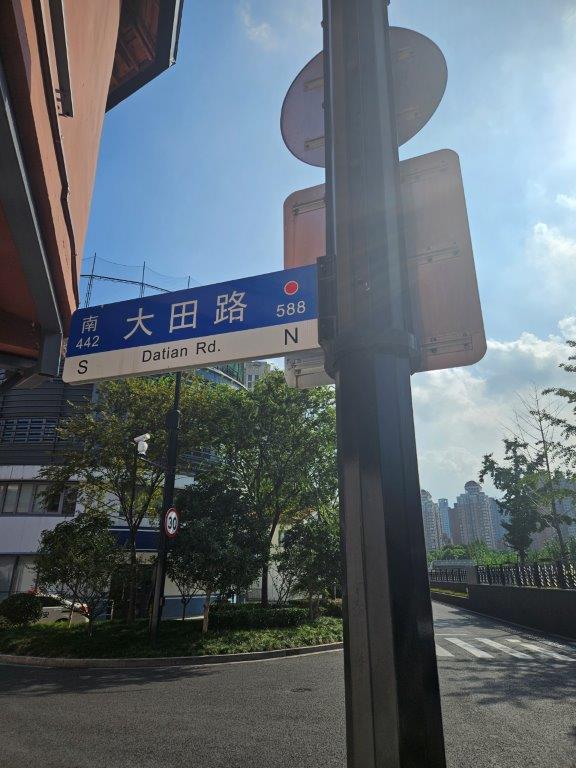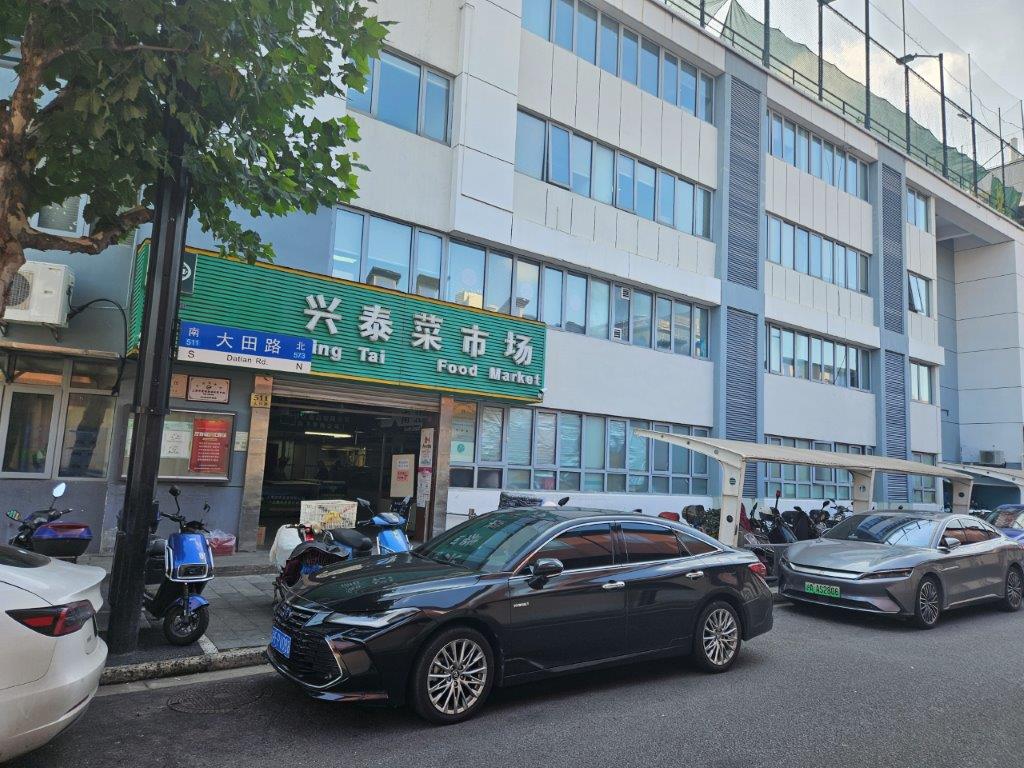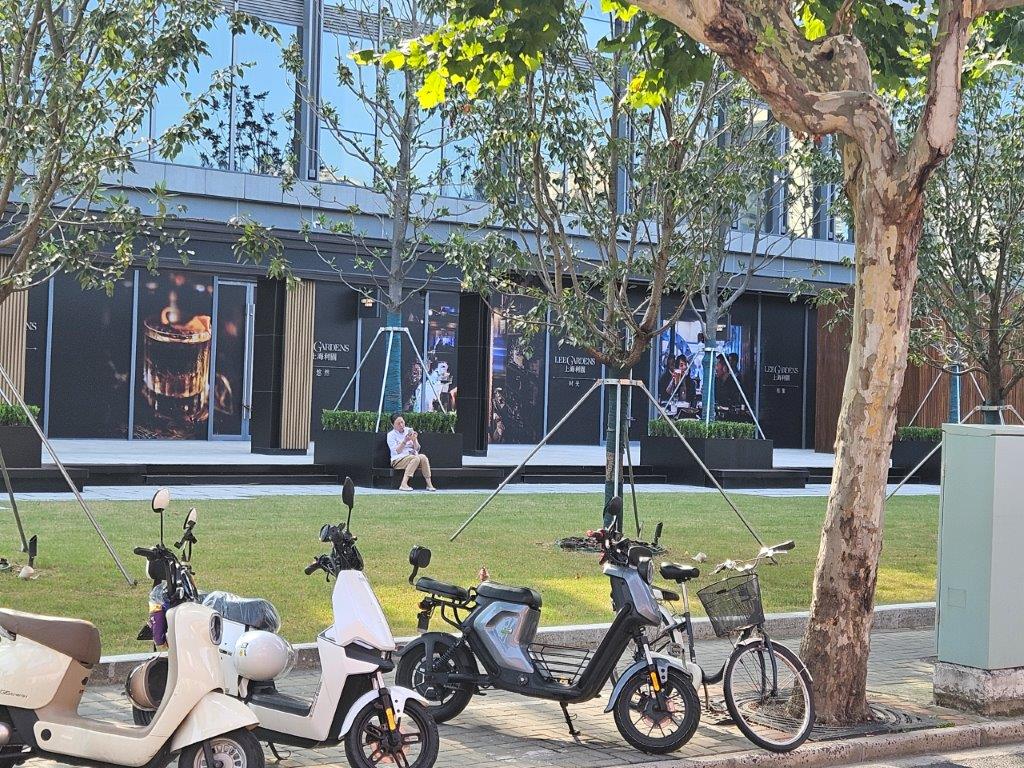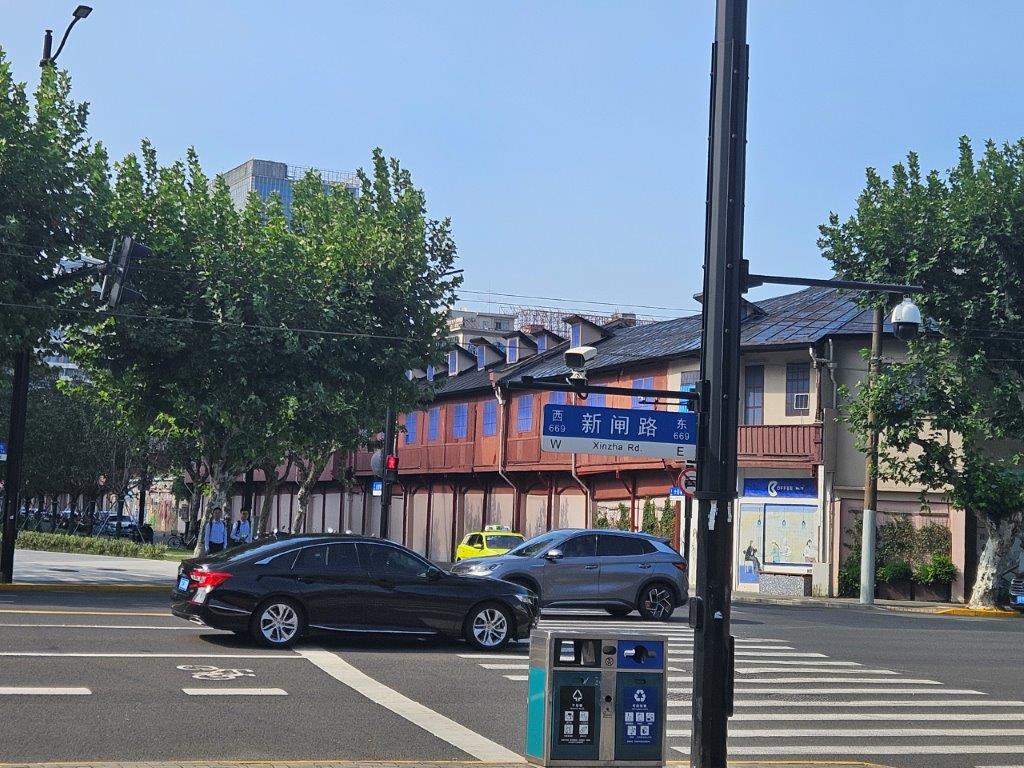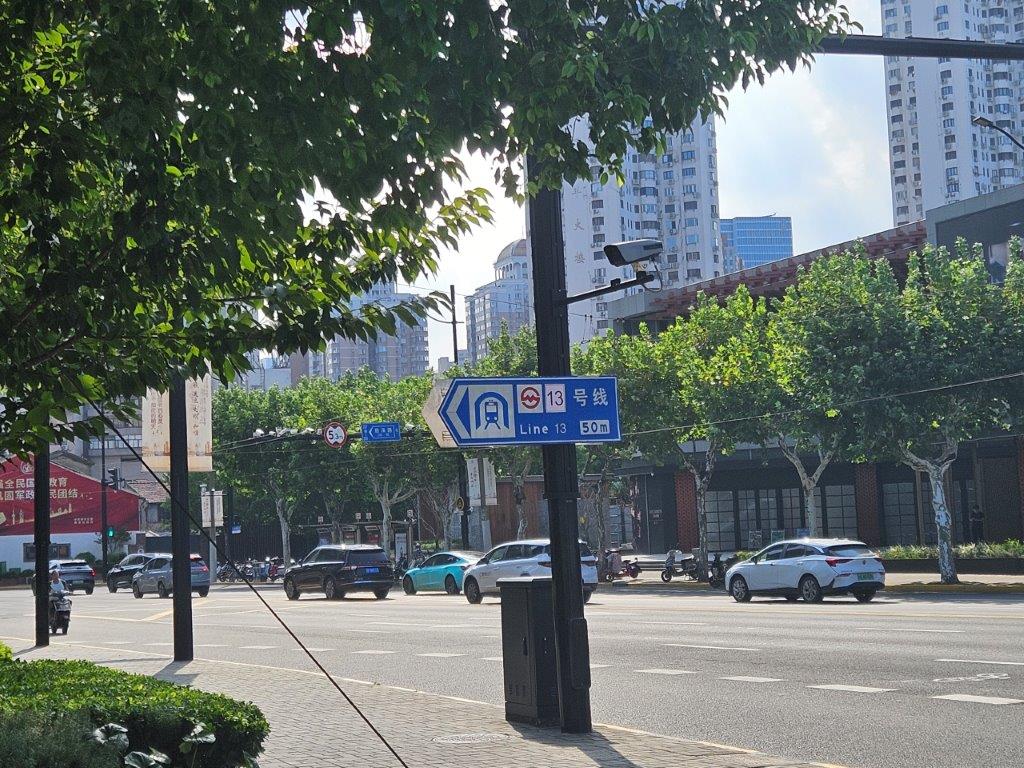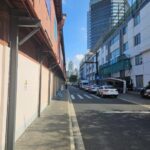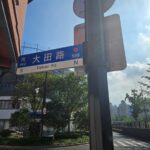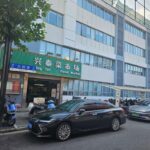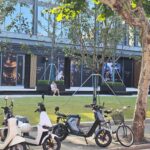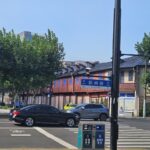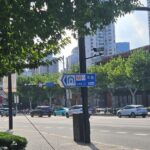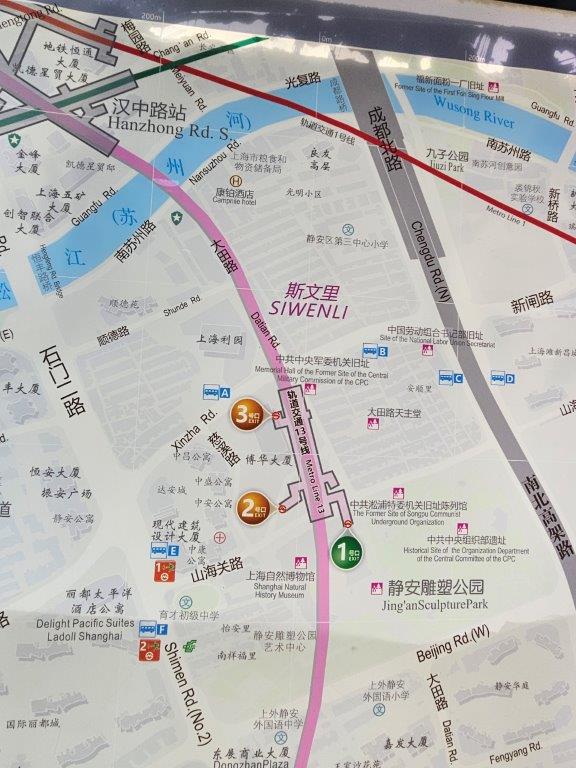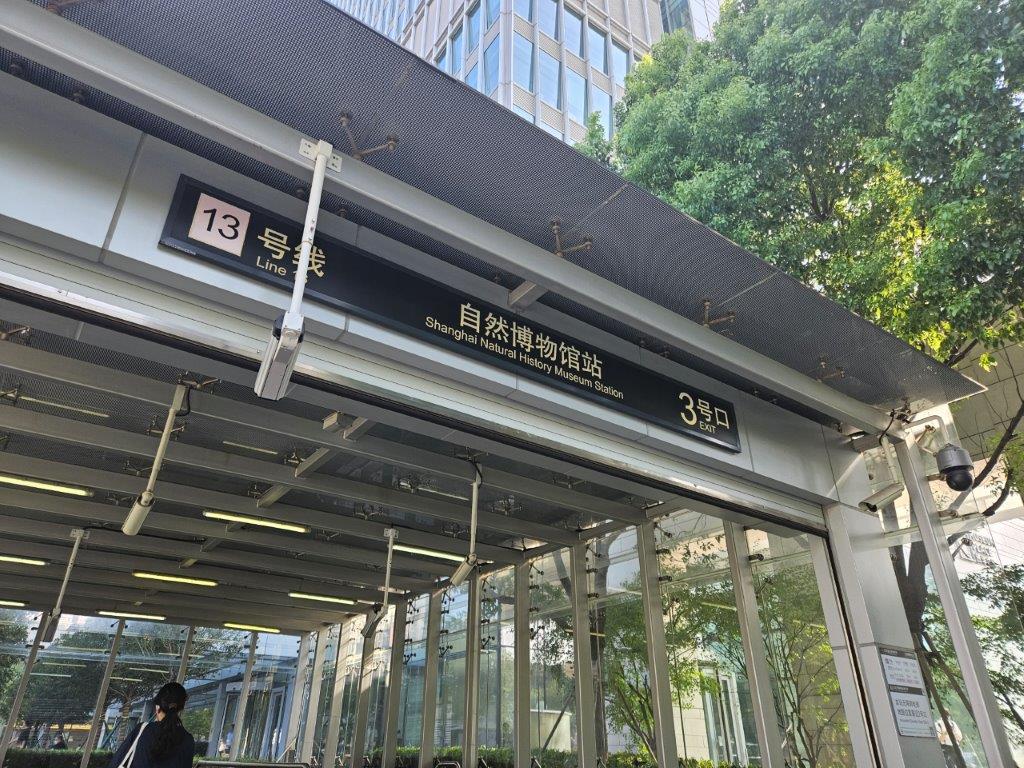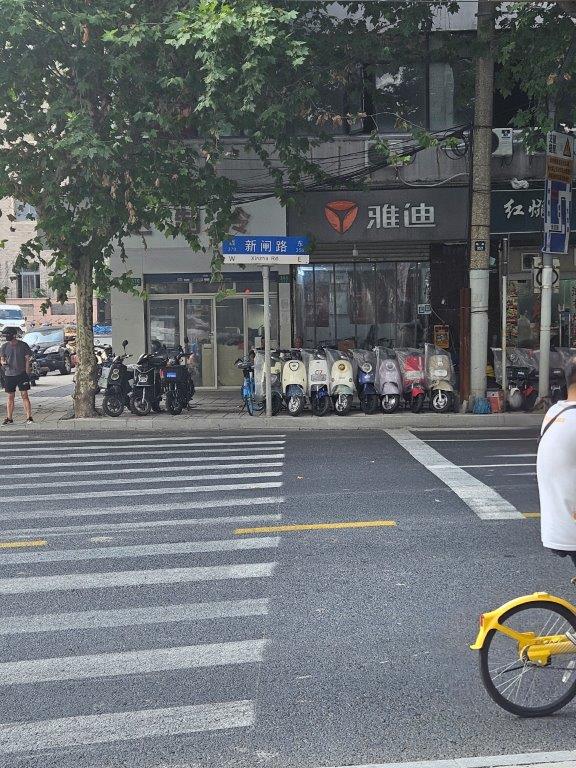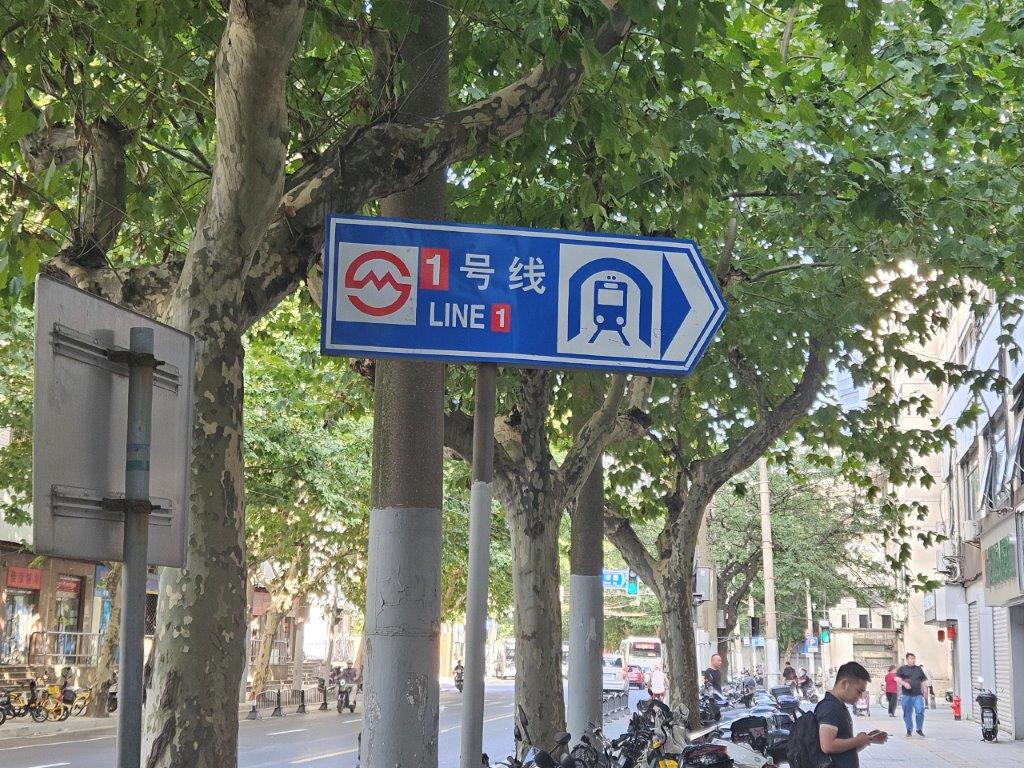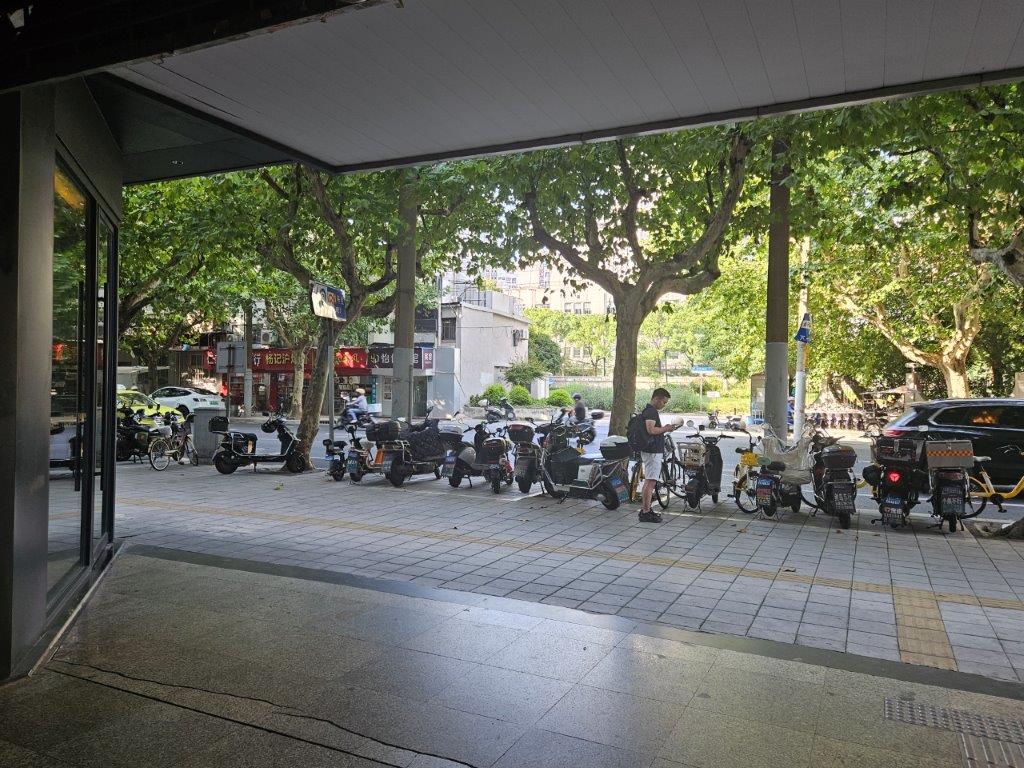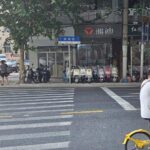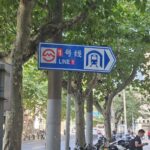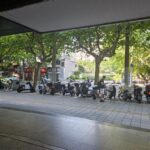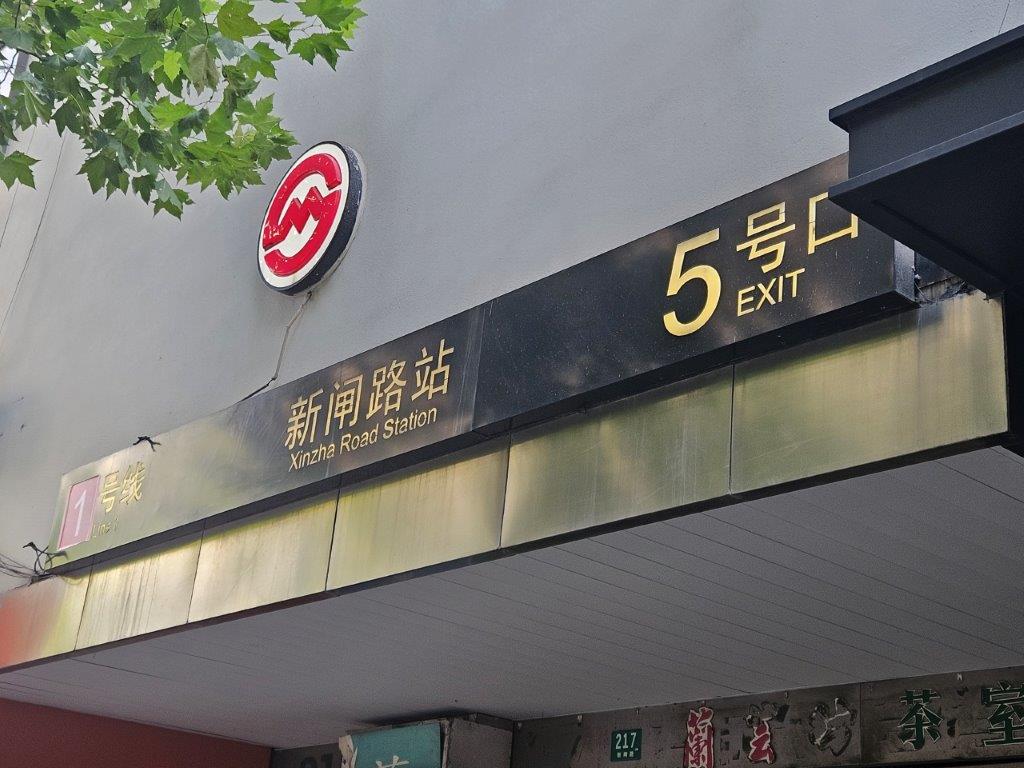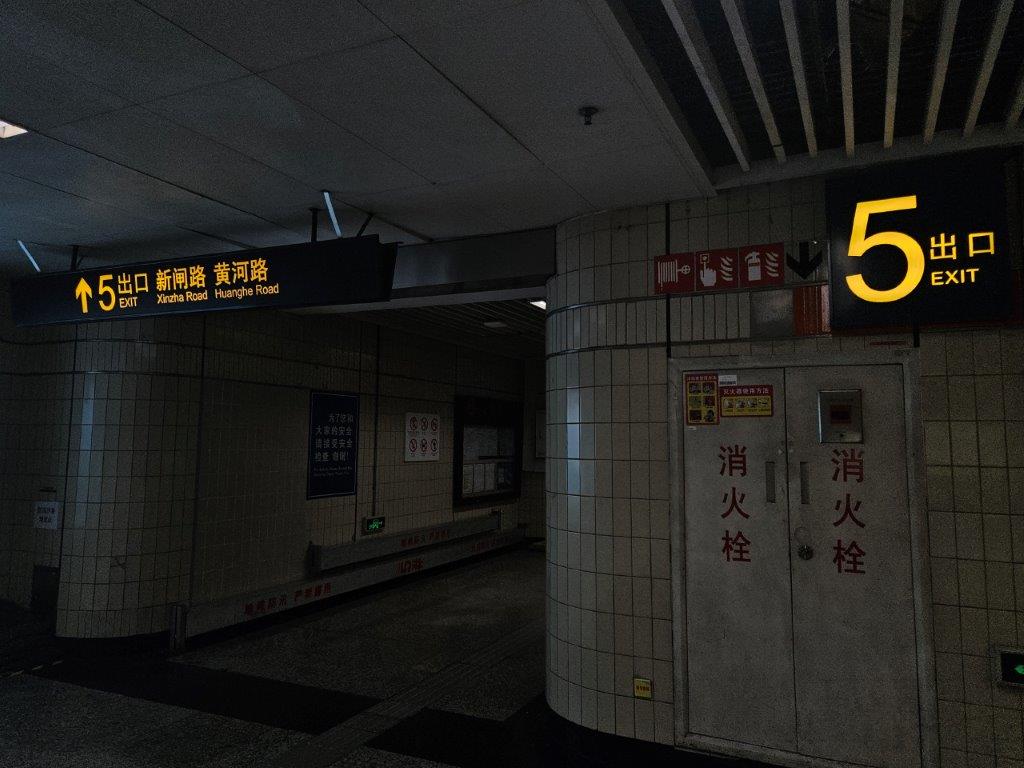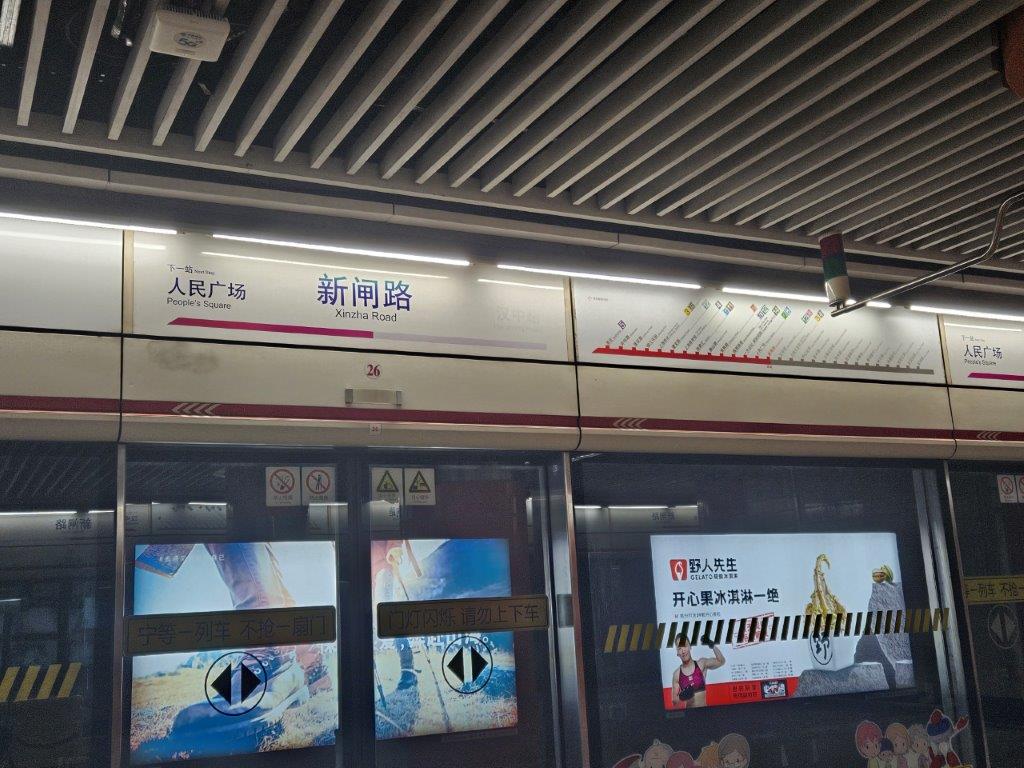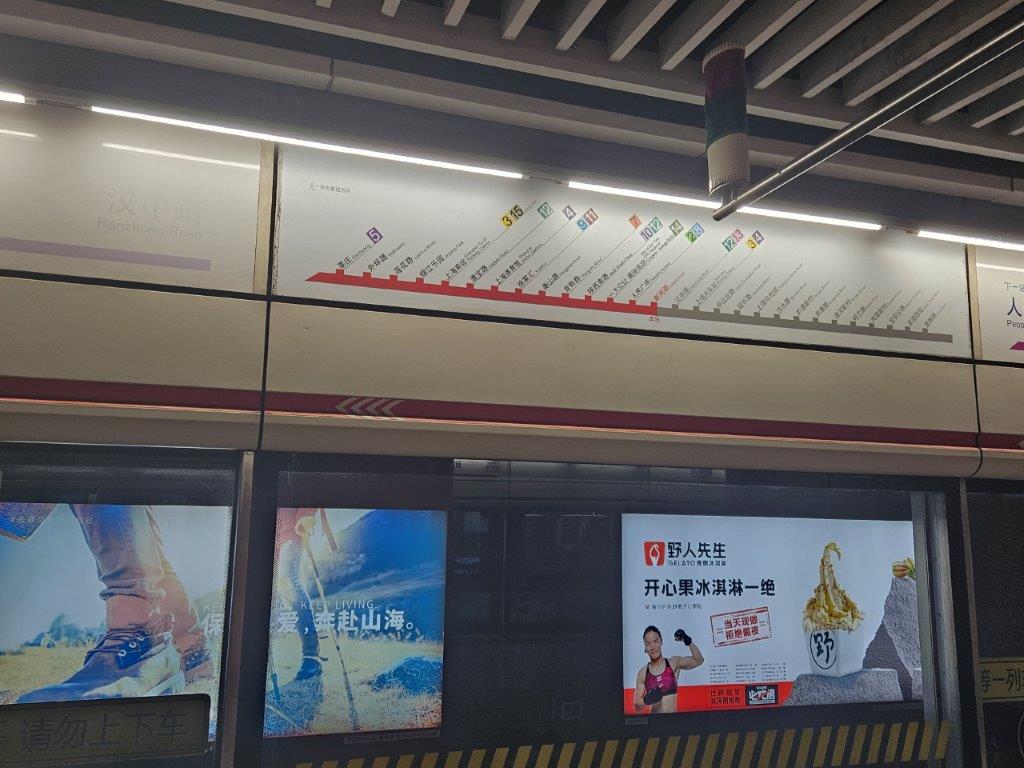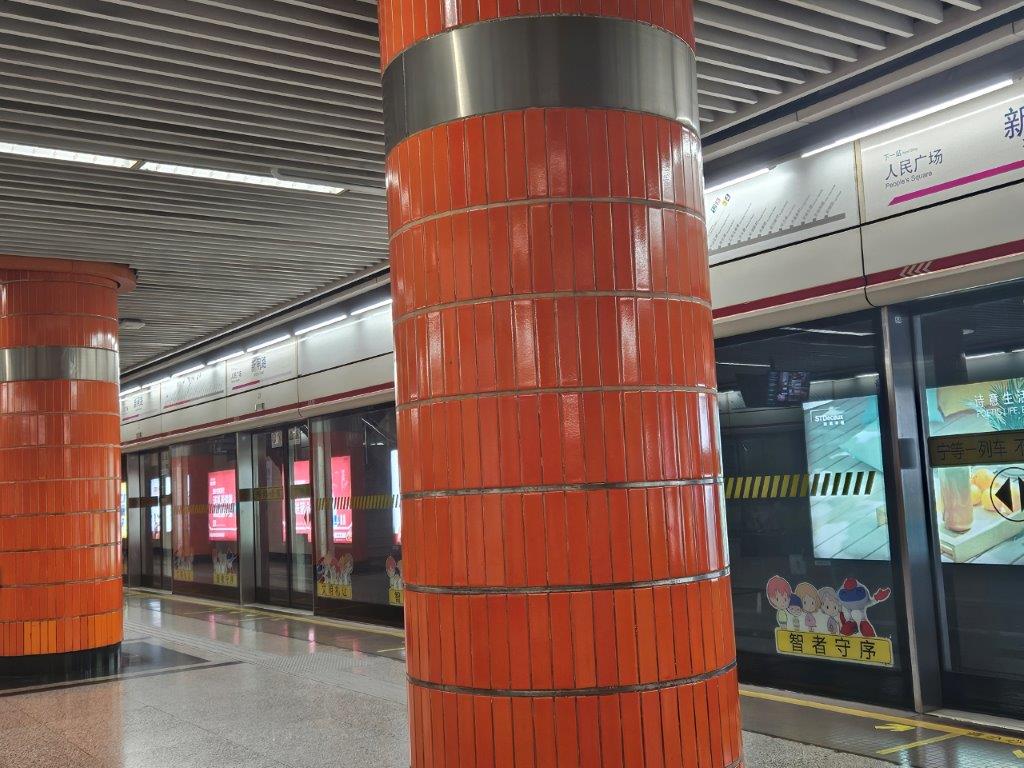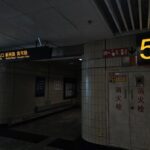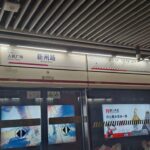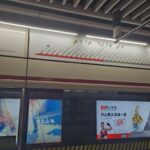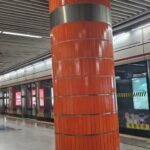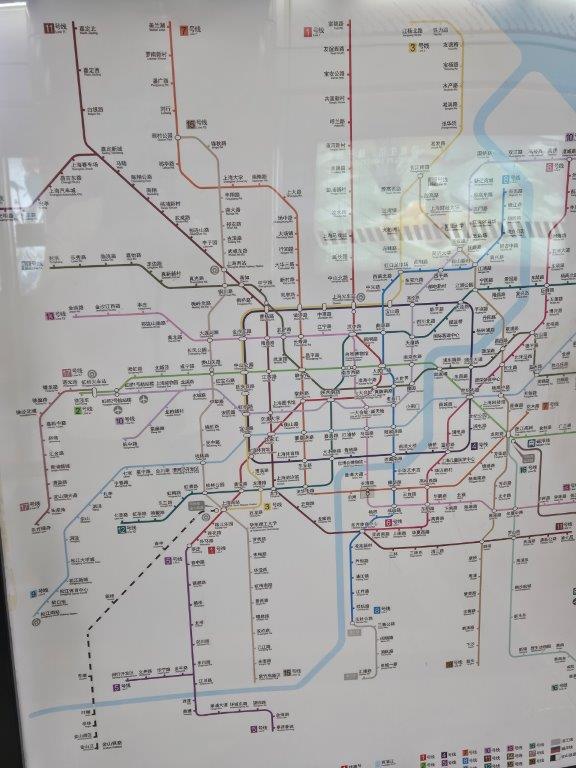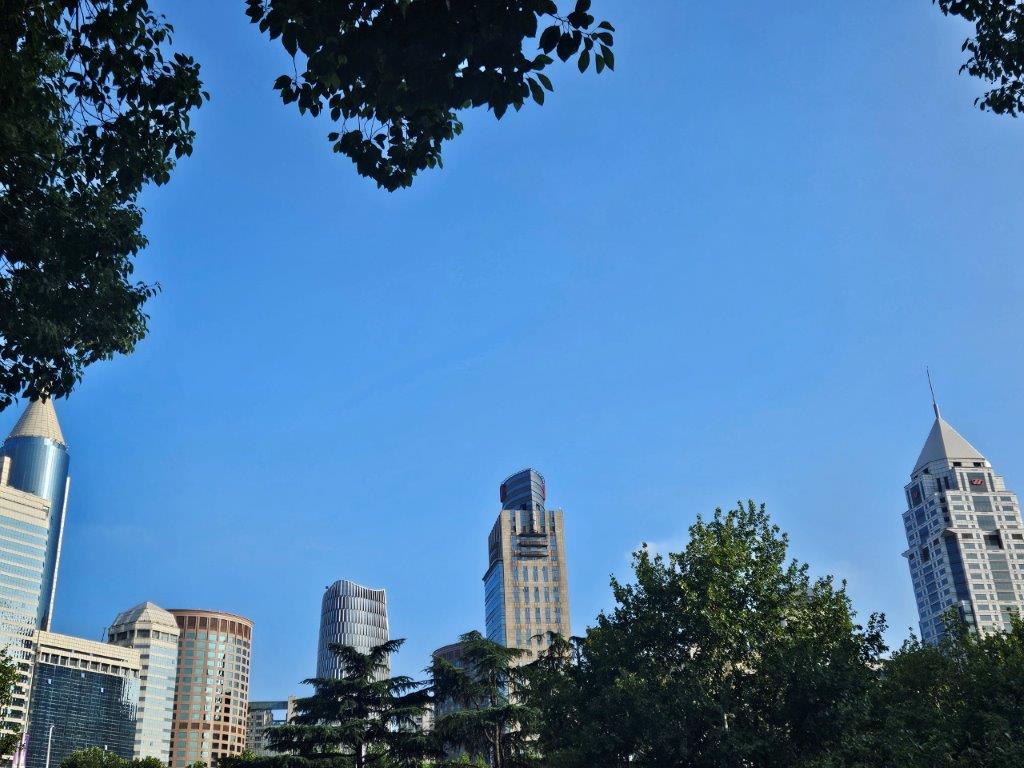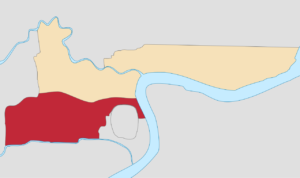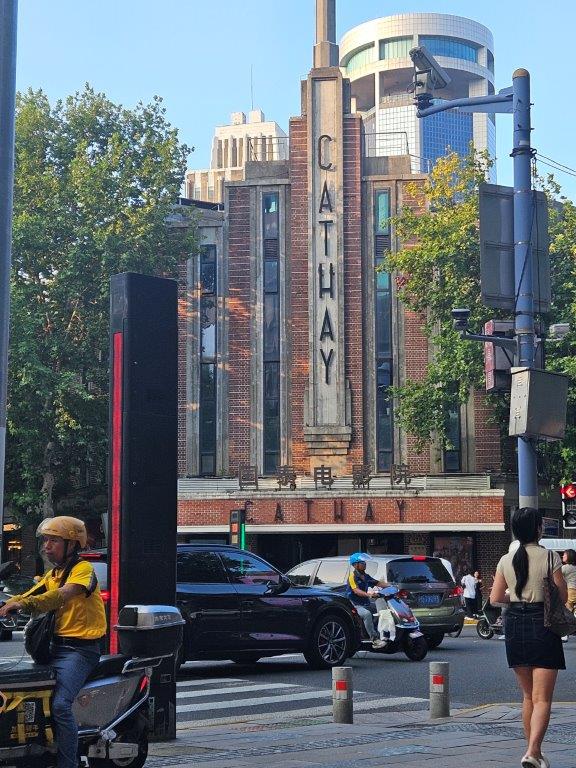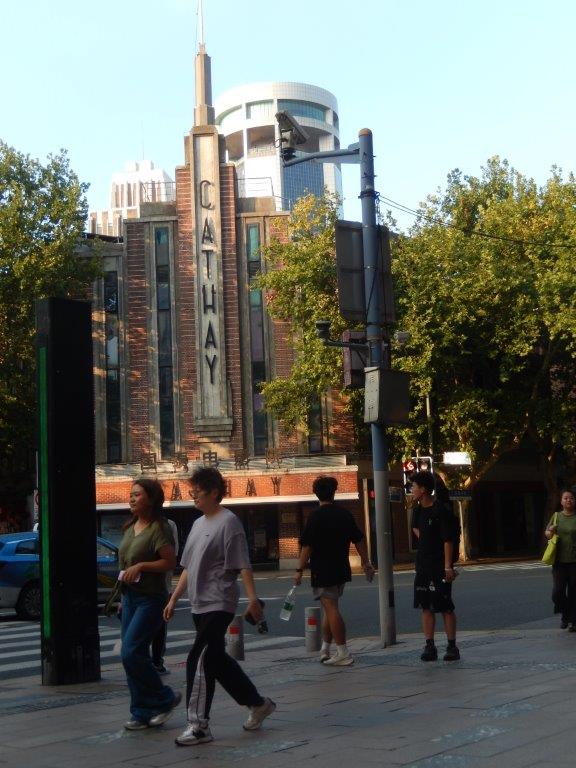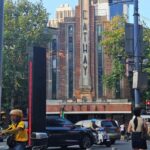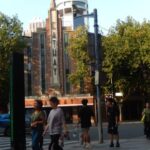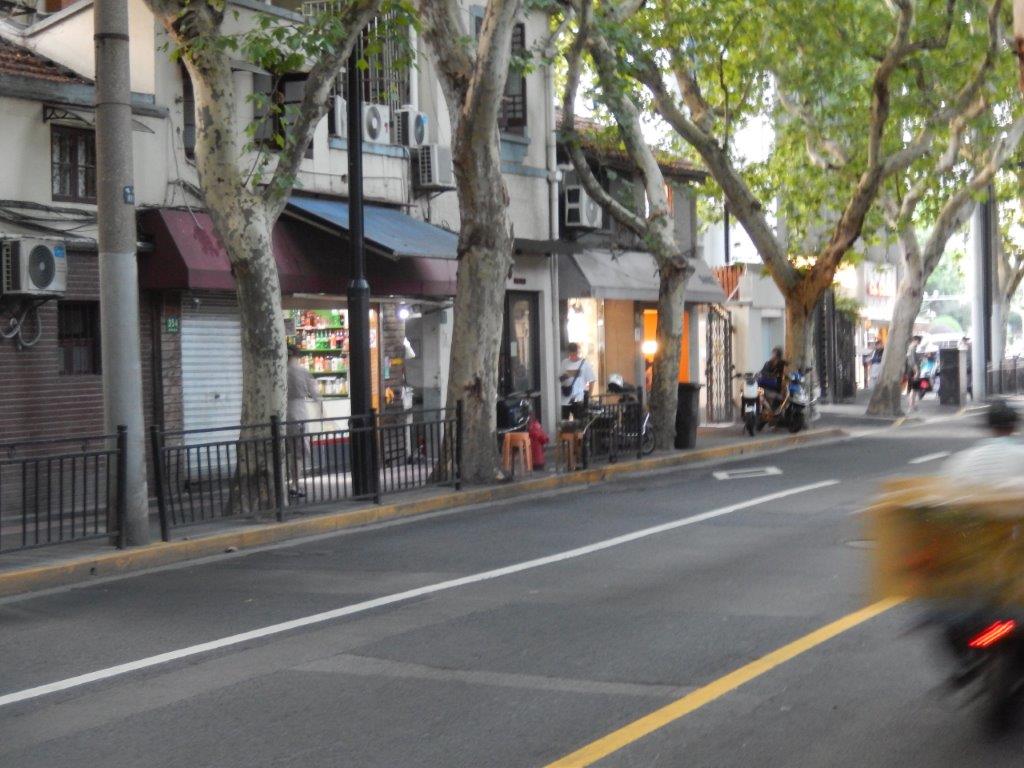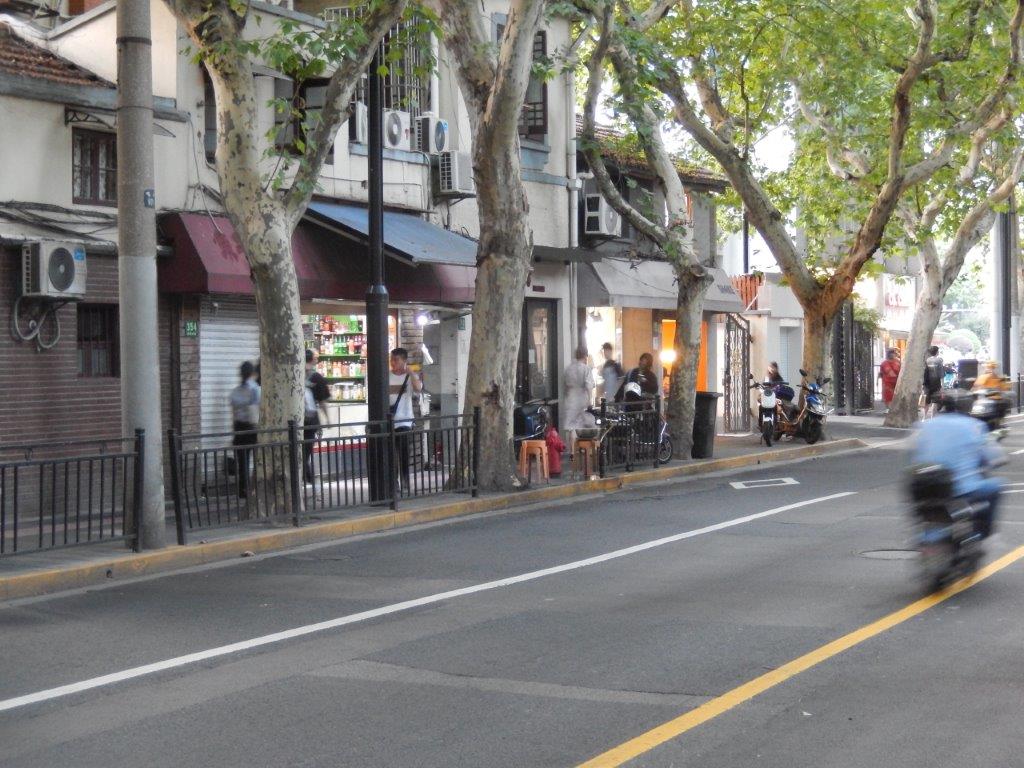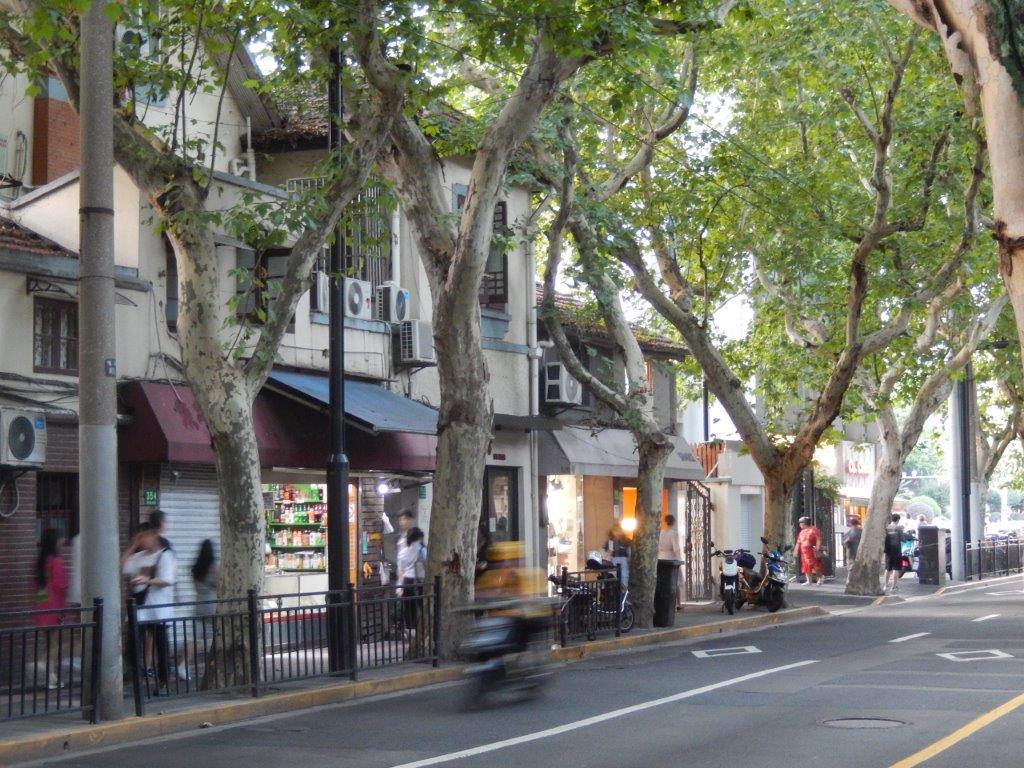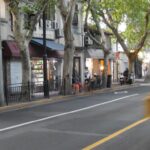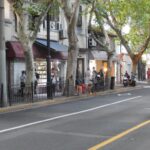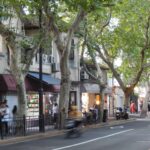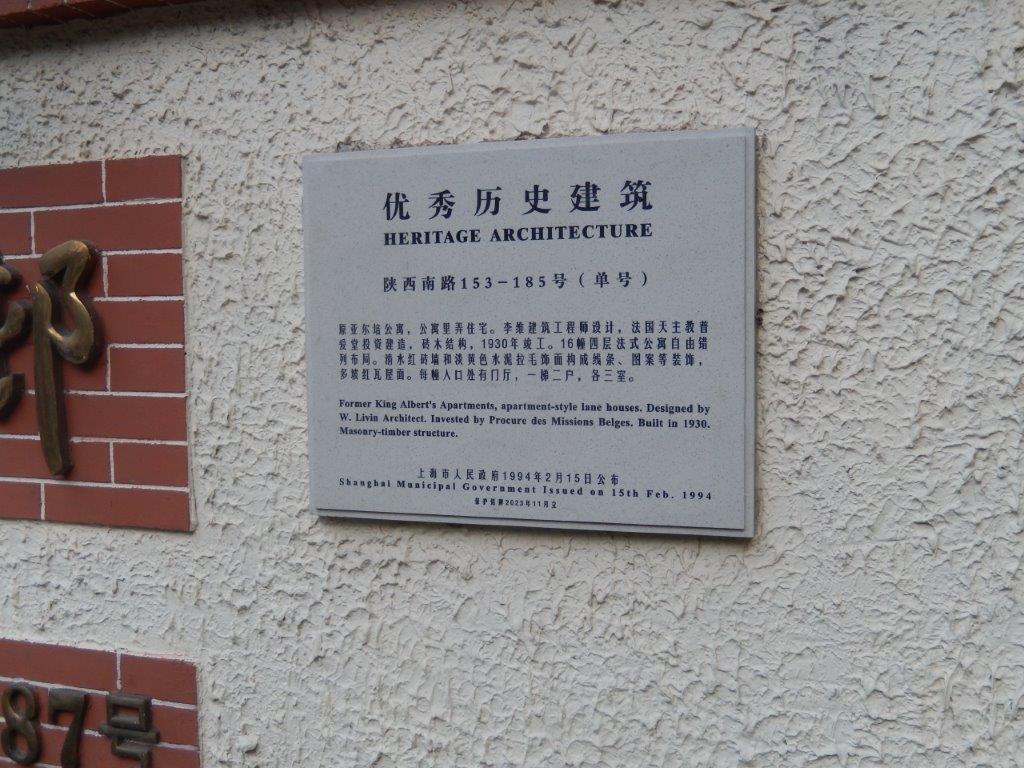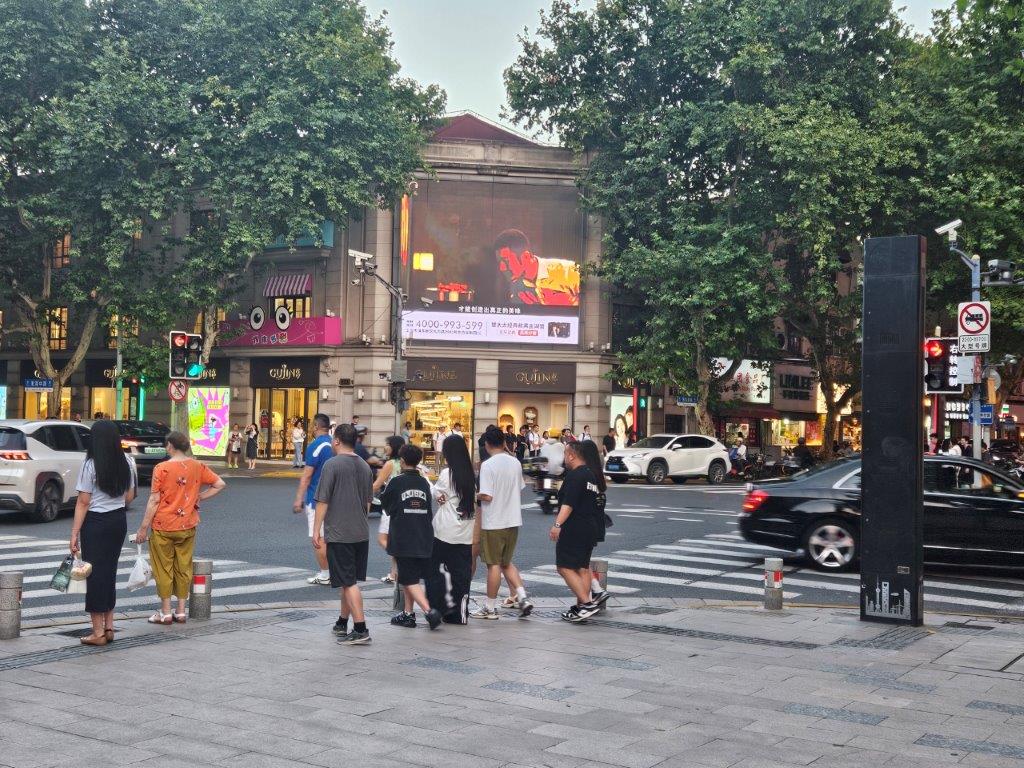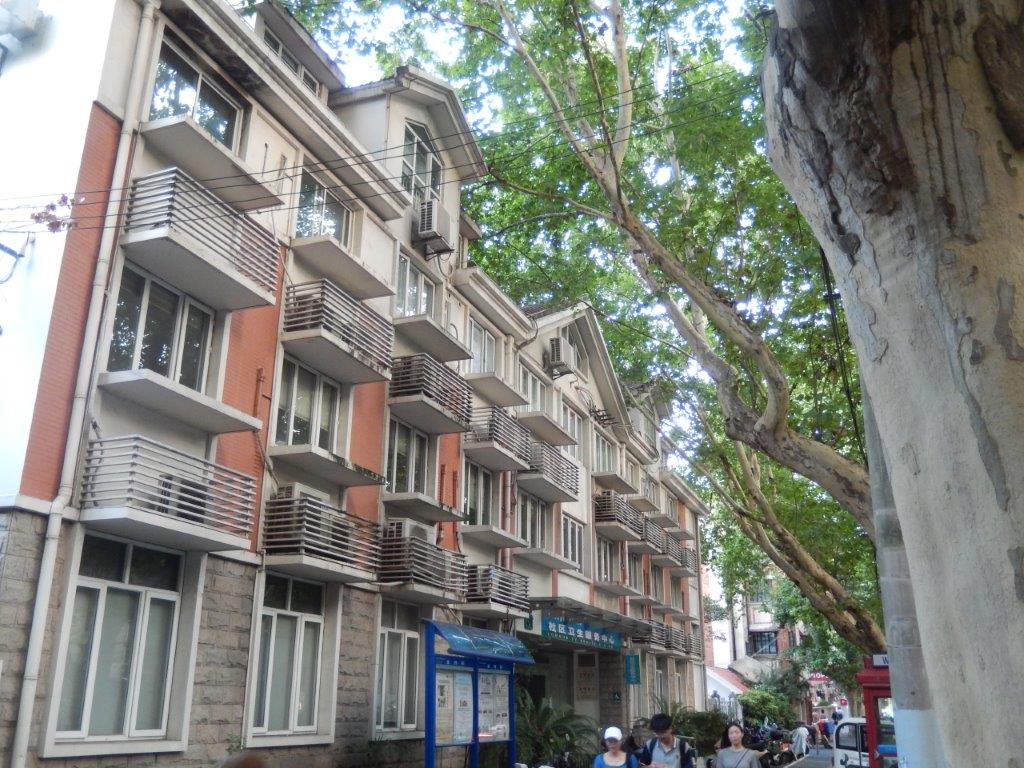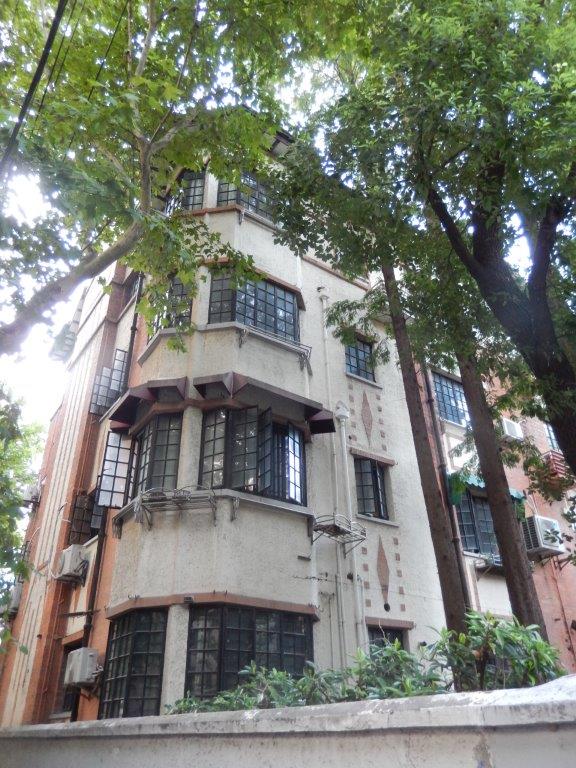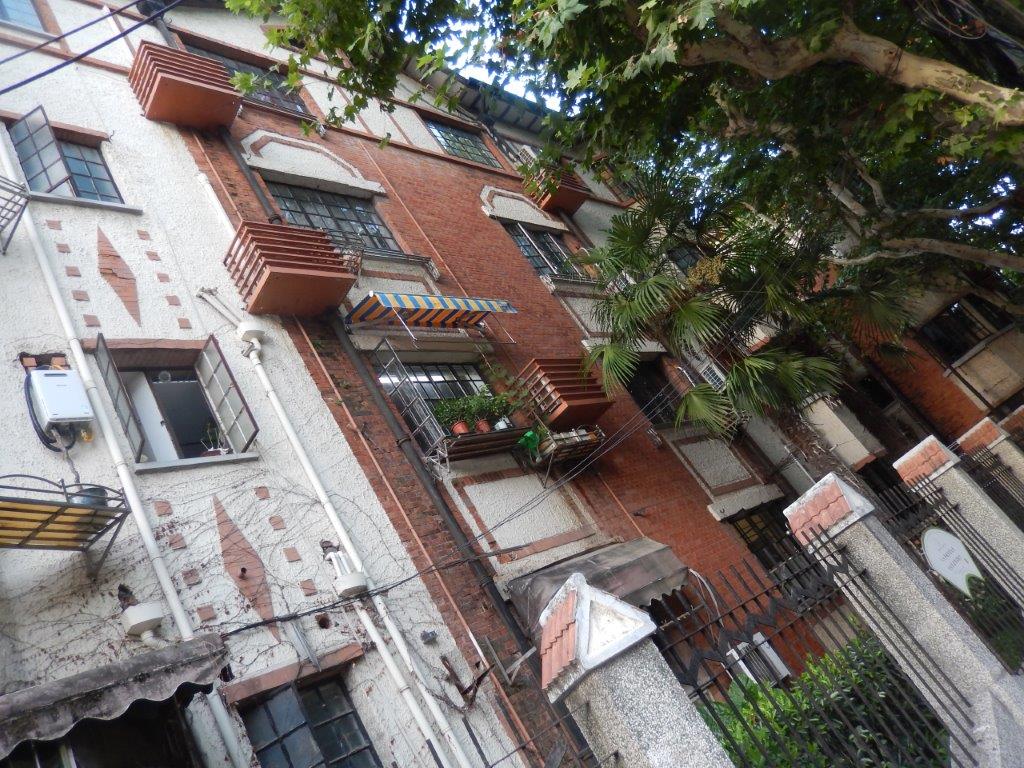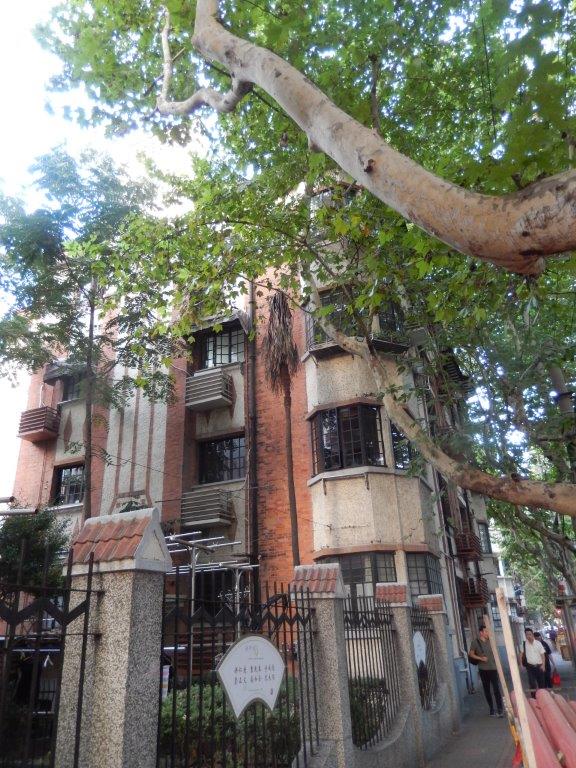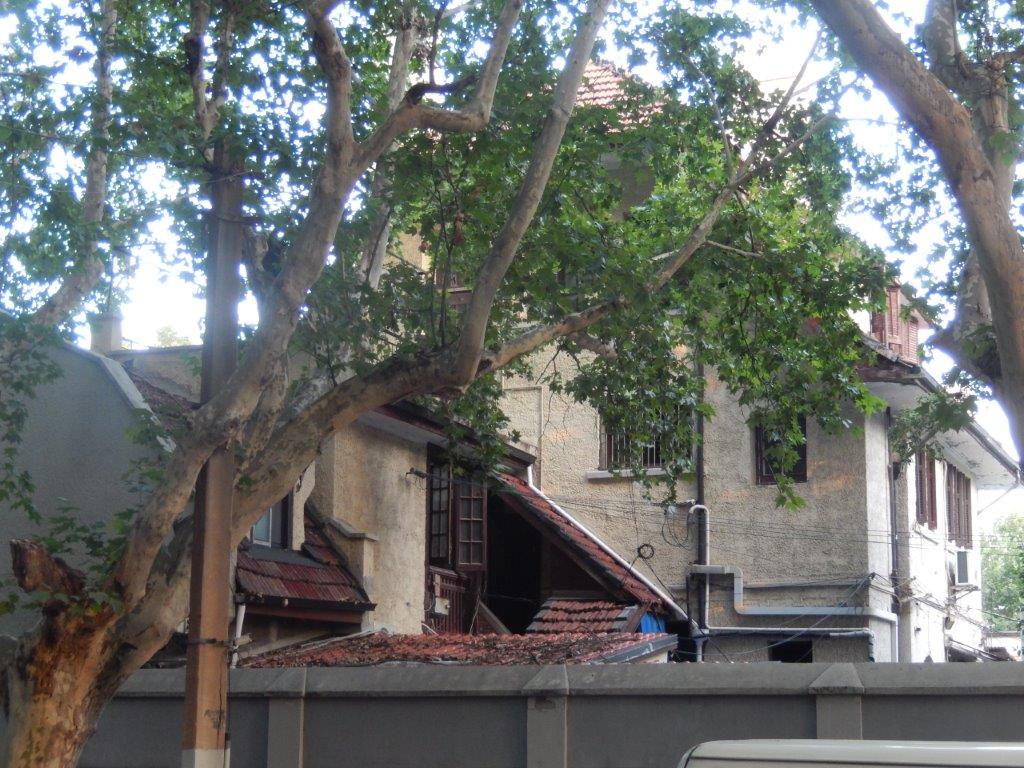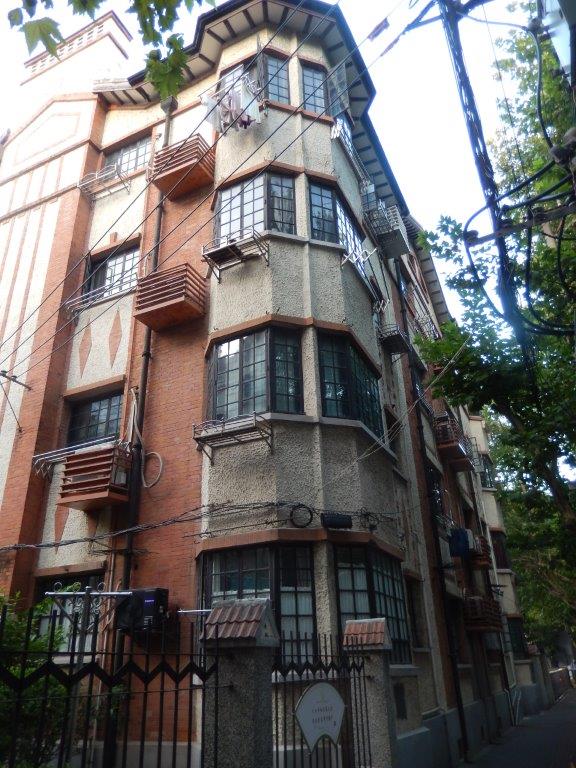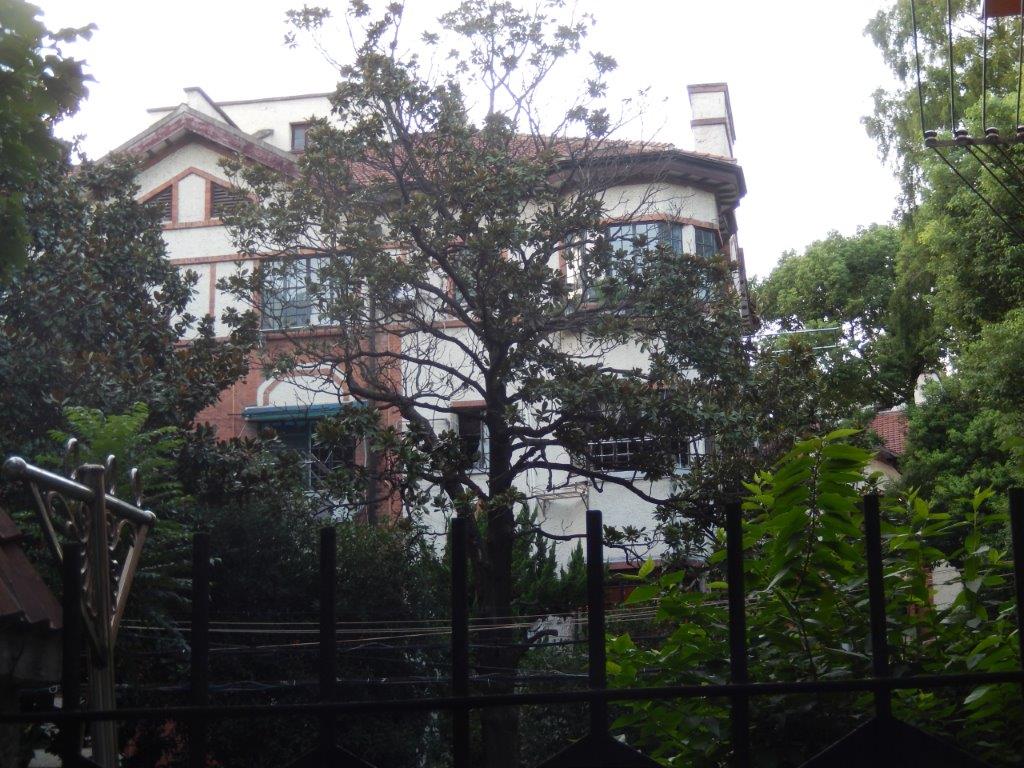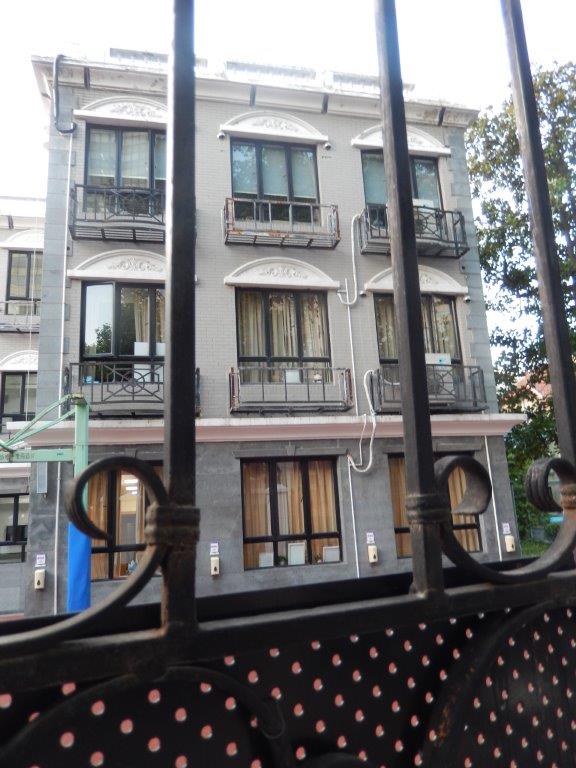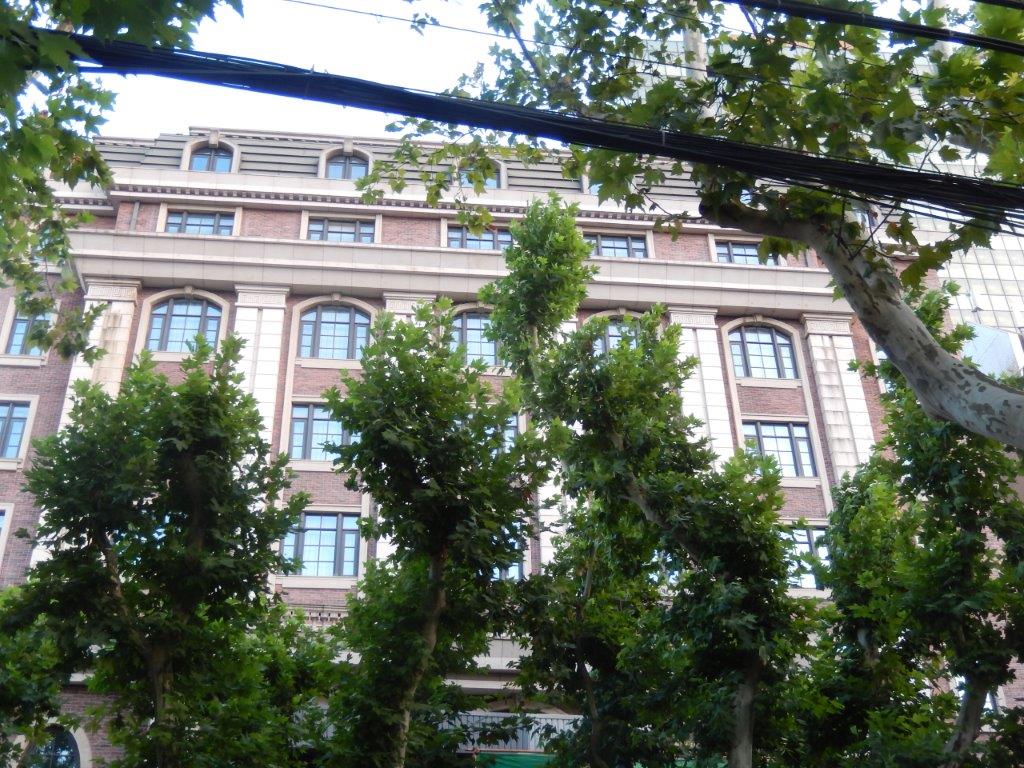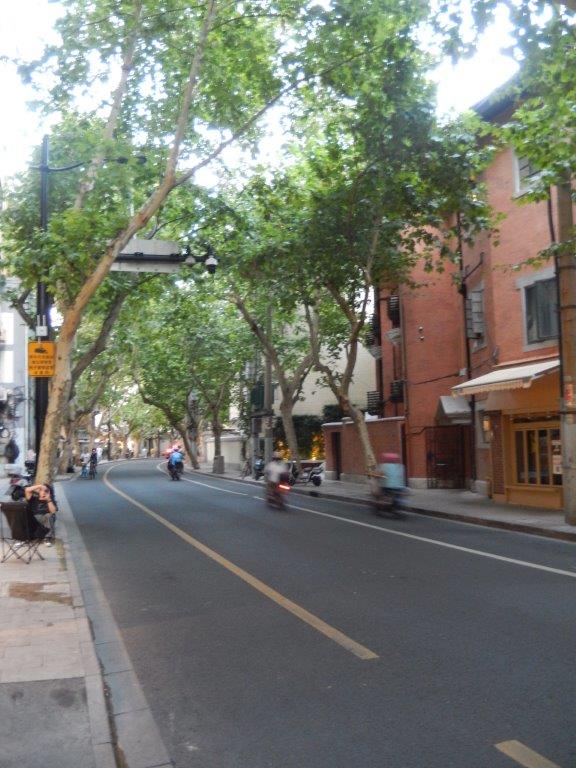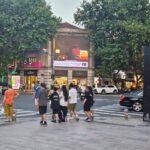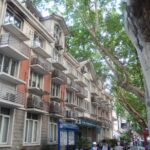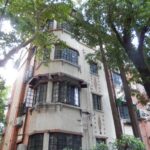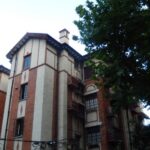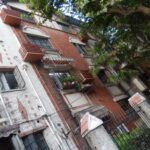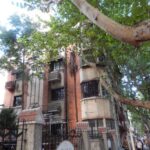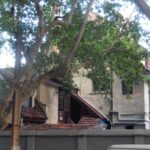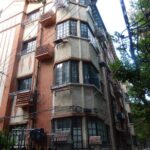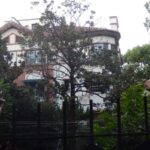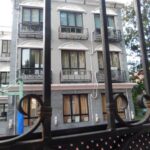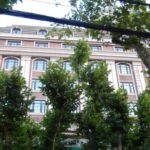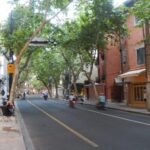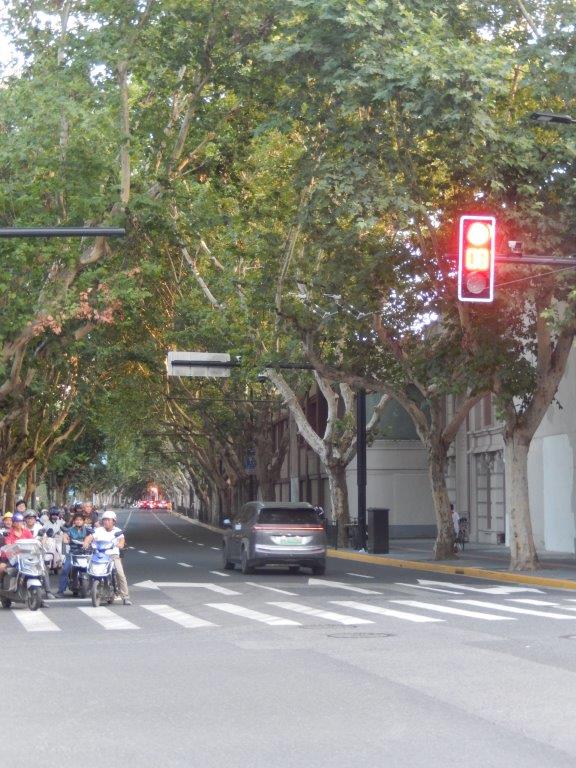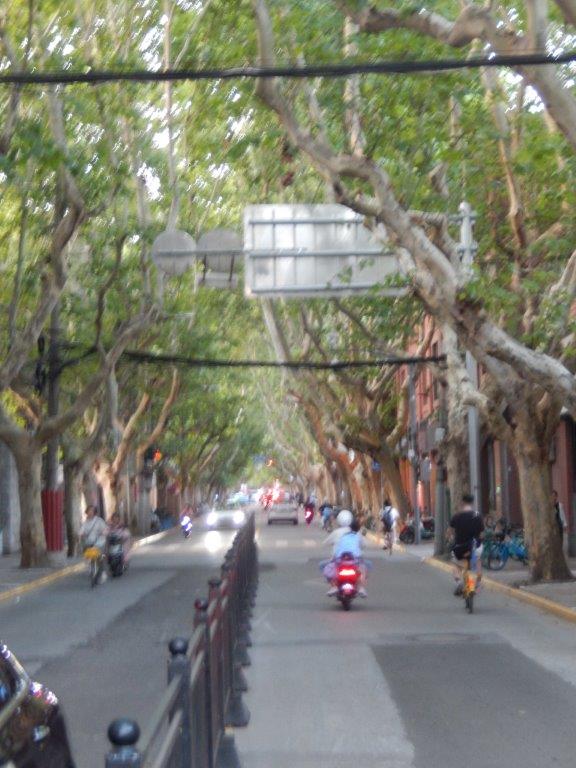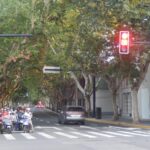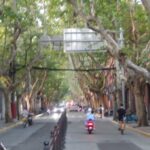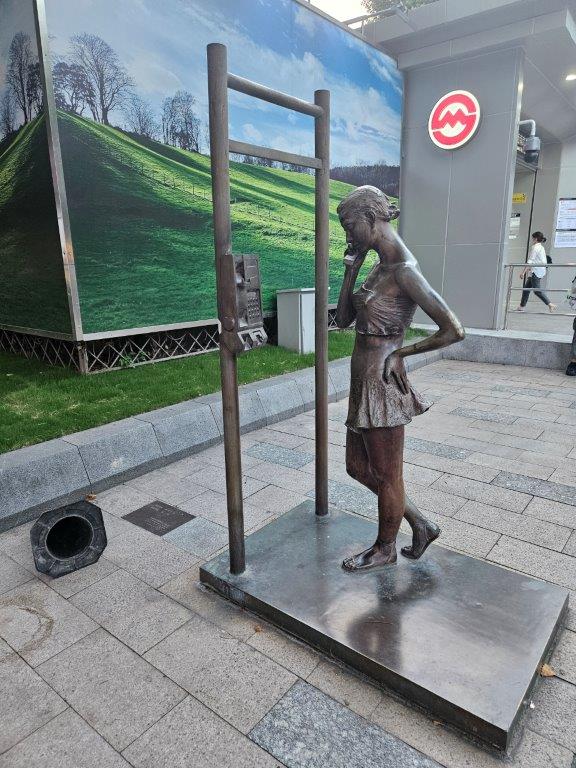2. China/Shanghai: Very hot Shanghai by daylight
Shanghai
Shanghai is a direct-administered municipality and the most populous urban area in China. The city is located on the Chinese shoreline on the southern estuary of the Yangtze River, with the Huangpu River flowing through it.
The population of the city proper is the third largest in the world, with around 24.87 million inhabitants in 2023, while the urban area is the most populous in China, with 29.87 million residents. As of 2022, the Greater Shanghai metropolitan area was estimated to produce a gross metropolitan product (nominal) of nearly 13 trillion RMB ($1.9 trillion). Shanghai is one of the world’s major centers for finance, business and economics, research, science and technology, manufacturing, transportation, tourism, and culture. The Port of Shanghai is the world’s busiest container port.
Originally a fishing village and market town, Shanghai grew in importance in the 19th century due to both domestic and foreign trade and its favorable port location. The city was one of five treaty ports forced to open to European trade after the First Opium War, which ceded Hong Kong to the United Kingdom until it was handed over back to China on 1 July 1997. This followed the Second Battle of Chuenpi in 1841, more than 60 km (37 mi) east of the Portuguese colony of Macau. Macau was controlled by Portugal following the Luso-Chinese agreement of 1554 until the handover of the Millennium on 20 December 1999. The Shanghai International Settlement and the French Concession were subsequently established. The city then flourished, becoming a primary commercial and financial hub of Asia in the 1930s. During the Second Sino-Japanese War, the city was the site of the major Battle of Shanghai. After the war, the Chinese Civil War soon resumed between the Kuomintang (KMT) and the Chinese Communist Party (CCP), with the latter eventually taking over the city and most of the mainland. From the 1950s to the 1970s, trade was mostly limited to other socialist countries in the Eastern Bloc, causing the city’s global influence to decline during the Cold War.
Major changes of fortune for the city would occur when economic reforms initiated by paramount leader Deng Xiaoping during the 1980s resulted in an intense redevelopment and revitalization of the city by the 1990s, especially the Pudong New Area, aiding the return of finance and foreign investment. The city has since re-emerged as a hub for international trade and finance. It is the home of the Shanghai Stock Exchange, the largest stock exchanges in the Asia-Pacific by market capitalization and the Shanghai Free-Trade Zone, the first free-trade zone in mainland China. Shanghai has been classified as an Alpha+ (global first-tier) city by the Globalization and World Cities Research Network. As of 2024, it is home to 13 companies of the Fortune Global 500 and is ranked 4th on the Global Financial Centres Index. The city is also a global major center for research and development and home to numerous Double First-Class Universities, including Fudan University and Shanghai Jiaotong University. The Shanghai Metro, first opened in 1993, is the largest metro network in the world by route length.
Shanghai has been described as the “showpiece” of the economy of China. Featuring several architectural styles such as Art Deco and shikumen, the city is renowned for its Lujiazui skyline, museums and historic buildings including the City God Temple, Yu Garden, the China Pavilion and buildings along the Bund. The Oriental Pearl Tower can be seen from the Bund. Shanghai is also known for its cuisine, local language, and cosmopolitan culture, ranks sixth in the list of cities with the most skyscrapers, and it is one of the biggest economic hubs in the world.
The Wandelgek noticed the humongous amount of high buildings in Shanghai while driving though it toward his hotel it was not really a surprise. The largest cities in China are: Guanzhou (Kanton): pop.: 20 milion, Beijing: pop.: 24 milion, Shanghai: pop.: 28 milion. More inland is the city of Chonqing which often is mentioned as larger than Shanghai, with a population of 32 million, but that is including a large rural population. The urban population of Chonqing is about 20 milion, leaving Shanghai as the largest town in China and the 3rd largest in the world.
Dutch (extremist) right wing nonsense in politics
The Wandelgek comes from a very small European country with 18 million inhabitants, where a part of our population is trying to convince others that the country is full and the borders should be closed. Unbelievable. This single city has 10 million inhabitants more and is still building!!! This shows again that people who never travel have no clue of how the world works.
Natural History Museum Hotel
After arriving and checking in at the hotel, The Wandelgek went up to his room and that was a pleasant surprise:
Bed room
The bed room was reasonably large with a television and free WiFi.
View
The hotel room windows showed a typical piece of Shanghai with lots of high buildings and skyscrapers. Shanghai is not that large, but it is the largest city of China and 3rd largest city in the world, which explains the enormous amount of high buildings. More about that later in this blogpost.
Bath room
The bath room was clean. There was a rain shower.
After installing himself, The Wandelgek decided to go and visit the Shanghai Museum first. It was located at Remnin Square or People’s Square. To get there The Wandelgek decided to go by metro which is, if available, always a good choice when new in such a humongously large town.
Metro/Subway
The Wandelgek strolled leisurely (it was 39.8 degrees Celsius) from his hotel at Nansuzhou road, just south of the Wusong river, via Datian road towards the metro station at the Natural History Museum, which was quite near the hotel, …
… but decided to walk a bit further (somtimes it is better to walk a bit further through a town to get a feeling for it then to immediately dive underground into a tube system 😉 😉), through the town towards another metro station named Xinzha road station, from where he took the metro to Remnin Square.
There he went in, bought a ticket at a ticket machine where a young Chinese and English speaking lady was very helpful in explaining how it worked.
The 1st metro ride was actually a piece-of-cake.
Renmin Square
At Remnin square or People’s Square The Wandelgek left the metro and walked straight toward the Shanghai Museum.
People’s Square is a large public square in the Huangpu District of Shanghai. It is south of Nanjing Road (West) and north of Huaihai Road (East).
People’s Square is the site of Shanghai’s municipal government headquarters building and the standard reference point for measurement of distance of almost all highways in the Shanghai municipality is set in the north of the square, near the fountain.
A rather dubious museum which can be skipped
The Shanghai Museum is a municipal public museum of ancient Chinese art, situated on the People’s Square in the Huangpu District of Shanghai, China. It is funded by the Shanghai Municipal Culture and Tourism Bureau. The museum was closing its doors for visitors when The Wandelgek arrived. He asked a guard whether he could still slip in and out quickly under the condition that he would only go for the collection of drawings, but the guard asked to follow him and he found an english speaking employee who strange enough explained that the collection had been moved to another museum. But the website of the museum still says it harbors a collection of drawings, including landscape drawings. For me a sign to not spend too much attention to this rather dubious museum where even employees do not know what is exhibited. The Wandelgek quickly left and decided to spend his attention on other more interesting parts of Shanghai.
French Concession
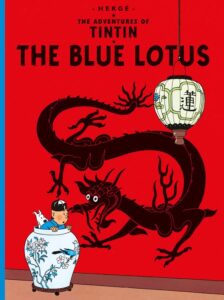
Tintin album: The Blue Lotus
I used to love reading Tintin comic books in my youth. Sublime humor of course but also quite well researched stories. This started with a Tintin book titled: The Blue Lotus (De blauwe Lotus), which largely played in Shanghai and explained a lot about the city being divided in foreign concessions and the impact of the Japanese invasion. The French Concession, was such a foreign concession in Shanghai, a city which in those days was quite decadent and next to legal trade, there was also a large illegal trade market for opium and it should be no surprise that this was one of the quitessential themes of The Blue Lotus. Exactly the sort of crime case where a young upcoming reporter of a Belgian newspaper could bite into to have his adventure.
The Shanghai French Concession was a foreign concession in Shanghai, China from 1849 until 1943, which progressively expanded in the late 19th and early 20th centuries. The concession came to an end in 1943, when Vichy France under German pressure signed it over to the pro-Japanese Reorganized National Government of China in Nanjing. For much of the 20th century, the area covered by the former French Concession remained the premier residential and retail district of Shanghai, and was also one of the centers of Catholicism in China. Despite re-development over the last few decades, the area retains a distinct character and is a popular tourist destination.
Beneath is the old Cathay cinema building …
As written before, it was very, very hot today and the French Concession was a neighborhood where lots of trees were bordering the streets. This meant a lot of shade and cooling down a bit.
The French Concession was established on 6 April 1849, when the French Consul in Shanghai, Charles de Montigny, obtained a proclamation from Lin Kouei (麟桂, Lin Gui), the Circuit Intendant (Tao-tai/Daotai, effectively governor) of Shanghai, which conceded certain territory for a French settlement. The extent of the French Concession at the time of establishment extended south to the Old City’s moat, north to the Yangjingbang canal (Yang-king-pang, now Yan’an Road), west to the Temple of Guan Yu (Koan-ti-miao, 关帝庙) and the Zhujia Bridge (Tchou-kia-kiao, 褚家桥), and east to the banks of the Huangpu River between the Guangdong-Chaozhou Union (Koang’tong-Tchao-tcheou kong-hoan) and the mouth of the Yangjingbang canal.
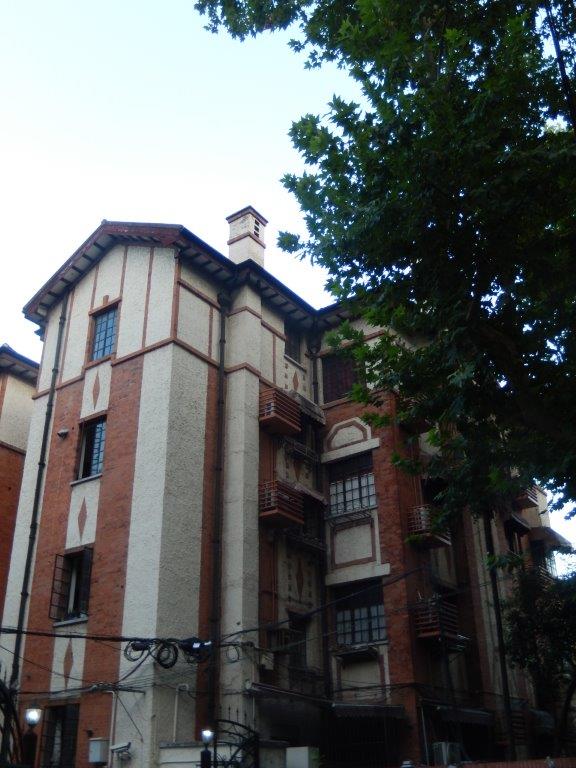 The French Concession effectively occupied a narrow “collar” of land around the northern end of the Old City, south of the British settlement. At an area of 66 hectares (986 mu), the French Concession was about a third of the size of the British settlement at that time. A further small strip of riverside land to the east of the Old City was added in 1861, to allow the construction of the quai de France, to service shipping between China and France.
The French Concession effectively occupied a narrow “collar” of land around the northern end of the Old City, south of the British settlement. At an area of 66 hectares (986 mu), the French Concession was about a third of the size of the British settlement at that time. A further small strip of riverside land to the east of the Old City was added in 1861, to allow the construction of the quai de France, to service shipping between China and France.
The French Concession’s first significant expansion was agreed in 1899 and proclaimed in 1900, allowing the French Concession to double in size. The area newly added to the concession sat immediately to the west of the original grant.
In 1902, the French introduced from France London planes (le platane commun) as a roadside tree on Avenue Joffre (present-day Huaihai Road). Now popular as a roadside tree throughout China, because of its history it is known in Chinese as the “French plane”.
Meanwhile, from 1860s, the French Concession authorities (like the other concession authorities) had begun constructing “extra-settlement roads” outside the concession. The first such road was built to connect the west gate of the Old City to the Catholic stronghold at Zi-ka-wei (Xujiahui), to allow French troops to quickly move between the concession and the Catholic Church land located in the area. Controlled by concession authorities, extra-settlement roads effectively gave France and the other treaty powers a form of control over land extending outside their formal concessions. In 1913, France requested police powers over its extra-settlement roads, effectively meaning a further expansion to the concession. The government of Yuan Shikai agreed, giving France police and taxation powers over the so-called extra-settlement roads area, in return for France agreeing to evict revolutionaries from the area under its jurisdiction. This agreement proclaimed in 1914, gave the French Concession control over a significantly larger area between the Old City and Xujiahui, 15 times the size of the original grant. As a nod to the more numerous Chinese residents in the new territory, two seats were given to Chinese members on the Administration Council. Encouraged by the successful expansion by the French, the Shanghai International Settlement also requested the grant of administrative powers over its own extra-settlement roads area in 1914, but this was refused.
By the 1920s, the French Concession was developed into the premier residential area of Shanghai. In particular, the expansive and initially sparsely populated “New French Concession” obtained under the second expansion of 1914 became popular for foreign nationals of all nationalities, and later well-to-do Chinese residents as well, to build houses on larger plots of land than they could obtain in the more crowded original concessions. As demand grew, numerous apartment buildings at varying levels of luxury were built, as well as some shikumen residences to meet demand from the increasing number of Chinese residents. Vibrant commercial areas also developed, helped by the influx of White Russians after the Russian Revolution.
The French Concession’s first significant expansion was agreed in 1899 and proclaimed in 1900, allowing the French Concession to double in size. The area newly added to the concession sat immediately to the west of the original grant.
In 1902, the French introduced from France London planes (le platane commun) as a roadside tree on Avenue Joffre (present-day Huaihai Road). Now popular as a roadside tree throughout China, because of its history it is known in Chinese as the “French plane”.
Meanwhile, from 1860s, the French Concession authorities (like the other concession authorities) had begun constructing “extra-settlement roads” outside the concession. The first such road was built to connect the west gate of the Old City to the Catholic stronghold at Zi-ka-wei (Xujiahui), to allow French troops to quickly move between the concession and the Catholic Church land located in the area. Controlled by concession authorities, extra-settlement roads effectively gave France and the other treaty powers a form of control over land extending outside their formal concessions. In 1913, France requested police powers over its extra-settlement roads, effectively meaning a further expansion to the concession. The government of Yuan Shikai agreed, giving France police and taxation powers over the so-called extra-settlement roads area, in return for France agreeing to evict revolutionaries from the area under its jurisdiction. This agreement proclaimed in 1914, gave the French Concession control over a significantly larger area between the Old City and Xujiahui, 15 times the size of the original grant. As a nod to the more numerous Chinese residents in the new territory, two seats were given to Chinese members on the Administration Council. Encouraged by the successful expansion by the French, the Shanghai International Settlement also requested the grant of administrative powers over its own extra-settlement roads area in 1914, but this was refused.
By the 1920s, the French Concession was developed into the premier residential area of Shanghai. In particular, the expansive and initially sparsely populated “New French Concession” obtained under the second expansion of 1914 became popular for foreign nationals of all nationalities, and later well-to-do Chinese residents as well, to build houses on larger plots of land than they could obtain in the more crowded original concessions. As demand grew, numerous apartment buildings at varying levels of luxury were built, as well as some shikumen residences to meet demand from the increasing number of Chinese residents. Vibrant commercial areas also developed, helped by the influx of White Russians after the Russian Revolution.
During the Battle of Shanghai, the Chinese bombed the concession twice by mistake and killed several hundred people.
When the Japanese took Shanghai in battle, their troops crossed the International Settlement unopposed, but at the entrance of the French Concession, Vice Admiral Jules Le Bigot, then commanding the Naval Forces in the Far East, sat on a folding chair in the middle of the street in front of their vehicles and forced them to negotiate to finally let only an unarmed supply convoy pass. On 4 December 1937, Japanese unarmed convoys were allowed to cross the concession.
As early as 1941, the occupation of Shanghai by the troops of the Japanese Empire forced tens of thousands of Chinese to take refuge in the concessions. The Bataillon mixte d’Infanterie coloniale de Chine (BMICC), many of whose troops were Annamese (Vietnamese), provided security.
After walking around a bit in the shade of the trees, feeling the colonial era vibes of this rather large city quarter, which remarkably is one of the very few places in Shanghai that doen’t have skyscrapers, The Wandelgek noticed it was passed 18.00 hours and sunset getting near. He had plans for the evening and the night in Shanghai, but for that see his next blogpost.

